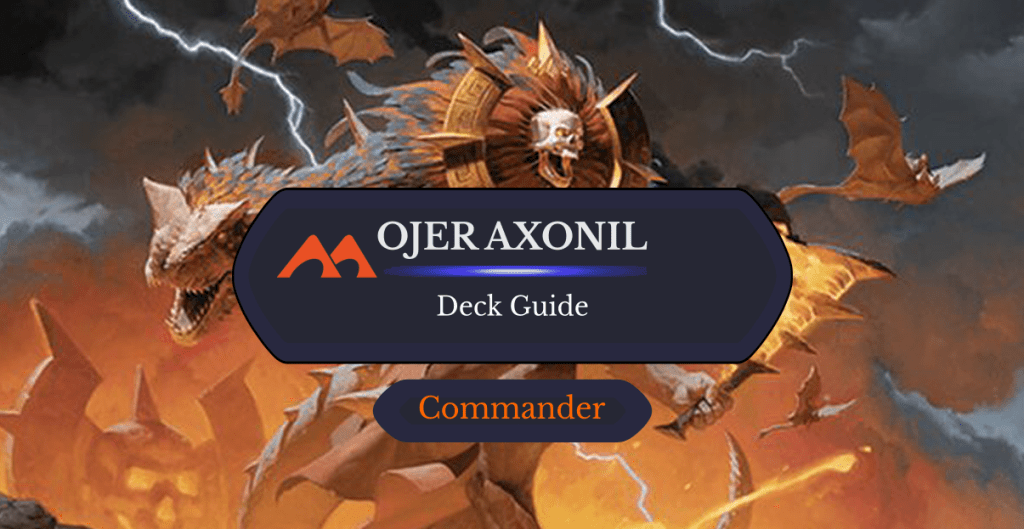
Ojer Axonil, Deepest Might | Illustration by Victor Adame Minguez
Gods are among my favorite cards in Magic. In terms of flavor, they have some of the most interesting designs. From the original gods of Theros that showed their vanity and desire for worship via the devotion mechanic to the gods of Amonkhet who walked freely among their people but required them to act before aiding them, they’re great examples of expressing story and character through gameplay mechanics.
The cycle of gods in The Lost Caverns of Ixalan represents primordial forces given form, as demonstrated by the flavor of the temples. Each tells of a different lesson given to the Oltec people, marking them as teachers of a sort. Dying into temples that can resurrect into the god if a condition is met shows their enduring power and the impact they’ve had on their culture.
Today, we’re building around the mono-red god Ojer Axonil, Deepest Might to show our opponents how quickly we can take them down!
The Deck
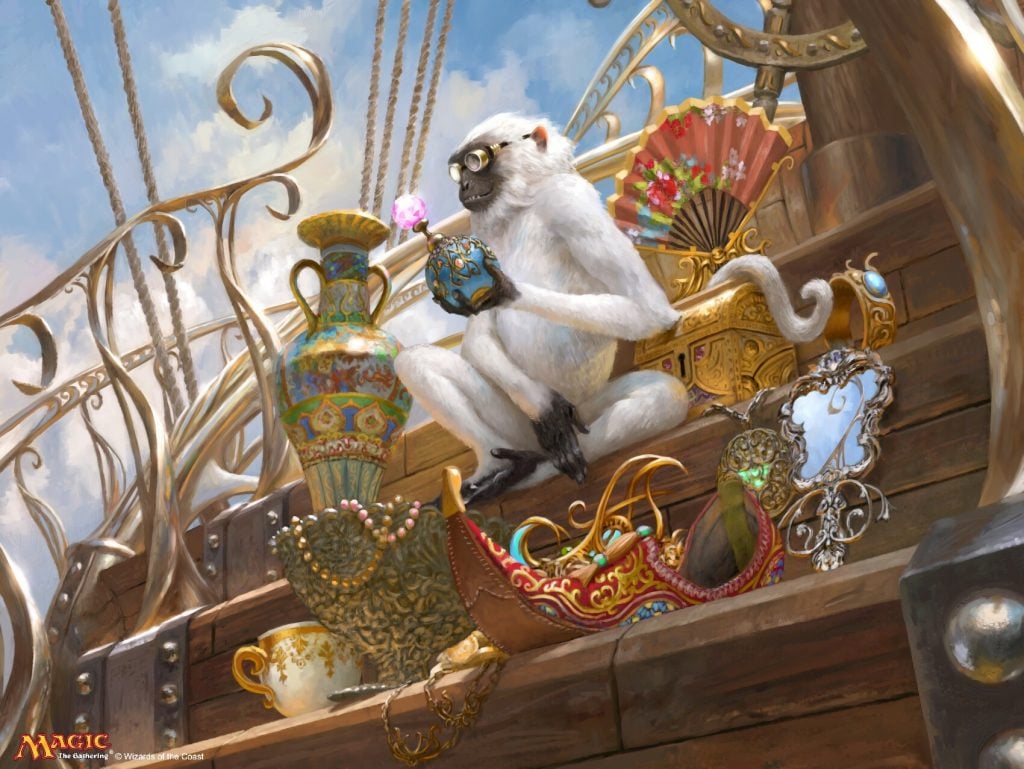
Ragavan, Nimble Pilferer | Illustration by Simon Dominic
Commander (1)
Planeswalkers (2)
Chandra, Dressed to Kill
Chandra, Torch of Defiance
Creatures (11)
Ragavan, Nimble Pilferer
Eidolon of the Great Revel
Firebrand Archer
Kessig Flamebreather
Thermo-Alchemist
Magus of the Moon
Rampaging Ferocidon
Simian Spirit Guide
Zo-Zu the Punisher
Solphim, Mayhem Dominus
Urabrask
Instants (15)
Gut Shot
Lava Dart
Pyroblast
Red Elemental Blast
Price of Progress
Thrill of Possibility
Tibalt's Trickery
Unleash Fury
Chaos Warp
Deflecting Swat
Downhill Charge
Seething Song
Valakut Awakening
Volcanic Fallout
Pyrokinesis
Sorceries (17)
End the Festivities
Gamble
Mana Clash
Meltdown
Vandalblast
Grapeshot
Rain of Embers
Reckless Impulse
Shatterskull Smashing
Volcanic Spray
Wrenn's Resolve
Brotherhood's End
Jeska's Will
Wheel of Misfortune
Fiery Confluence
Ruination
Blasphemous Act
Enchantments (11)
Pyrostatic Pillar
Roiling Vortex
Smoke
Ancient Runes
Blood Moon
Spellshock
Sulfuric Vortex
Tavern Brawler
Burning Earth
Manabarbs
Pyrohemia
Artifacts (11)
Chrome Mox
Jeweled Lotus
Mana Crypt
Mana Vault
Sol Ring
Ankh of Mishra
Arcane Signet
Mind Stone
Ruby Medallion
Thought Vessel
The One Ring
Lands (32)
Ancient Tomb
Mountain x28
Sandstone Needle
Shivan Gorge
Valakut, the Molten Pinnacle
This is a burn deck through and through, looking to capitalize on your commander’s ability to increase damage. It’s primarily a group-slug-style deck. The core idea is taxing your opponent’s game actions via damage. The more of the game they play, the faster you kill them.
There’s a bit of a storm subtheme. Cards like Urabrask and Thermo-Alchemist are excellent sources of steady damage with commanders that increase damage but require a high count of instants and sorceries to work. I’ve included plenty of instants and sorceries for that reason.
My build of Axonil is intended for high-powered casual. My stance on this is decks that use cEDH staples to support a deck concept that’s not strong enough for cEDH proper. In this deck, that manifests with a bunch of fast mana that allows you to slam cards quickly, as well as some stax pieces that would be a bit too strong for casual tables, namely Blood Moon and friends.
The Commander

Ojer Axonil, Deepest Might makes this deck tick. It’s not the only commander you could use to amplify damage; Solphim, Mayhem Dominus and Torbran, Thane of Red Fell come to mind. I think Axonil is stronger than both, at least for this strategy.
With Solphim, the primary benefit comes from stacking damage doublers. That can be very effective, but Axonil often represents quadrupling your damage from effects like Firebrand Archer and Manabarbs. The ceiling of Solphim may be higher, but Axonil distributes tons of damage from one card instead of stacking multiple Furnace of Rath effects.
Torbran stacks a lot of damage itself; it makes pinging effects deal 3 damage, which is a better rate than Solphim but still falls short of Axonil’s 4 (assuming you haven’t pumped it). Torbran lends itself better to a creature-based strategy since it cares about red sources instead of noncombat damage, making it potent with token production and creatures. I just don’t like small creature decks in Commander.
Ojer Axonil, Deepest Might stands above these other options to amplify damage from your group slug effects. Dealing 4 damage whenever you or your opponents take a game action stacks up quickly. Additionally, you can pump Axonil to increase the damage – all those numbers from before came without considering what happens when you double its power. It offers a fantastic source of damage right in the command zone.
Pump the Commander

This deck is pretty light on ways to increase Ojer Axonil, Deepest Might’s power. A few are vital to help finish the game; too many pump effects cluttering your hand would lead to you doing very little. Since your commander already deals plenty of damage, you can get by with only a few pump spells.
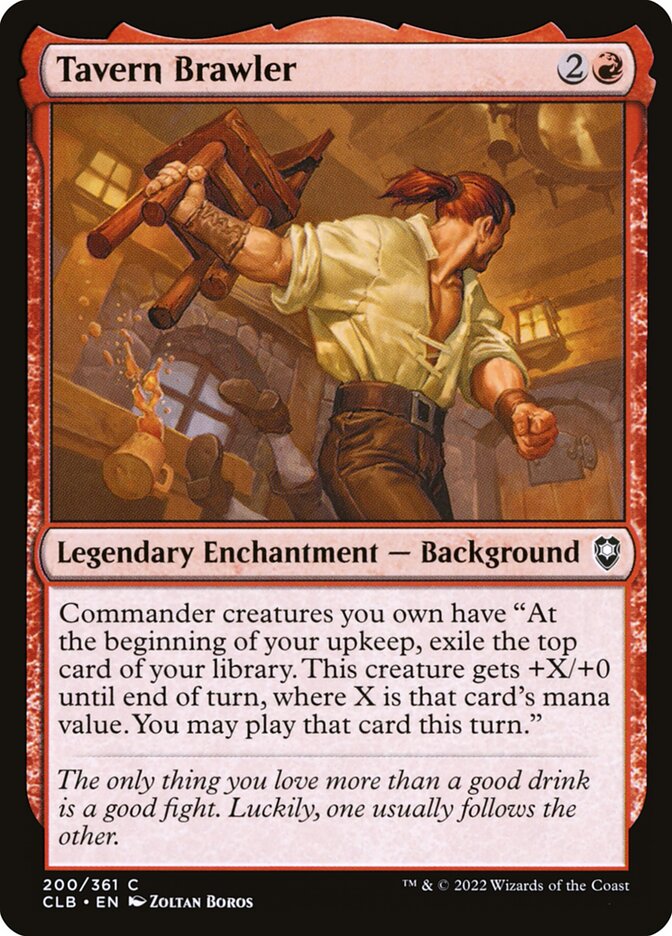
Tavern Brawler is your most expensive pump option but pays it off with steady pump value and card draw. The curve is pretty slim, so you don’t often get much more than 2 or 3 power off this, but it adds up.
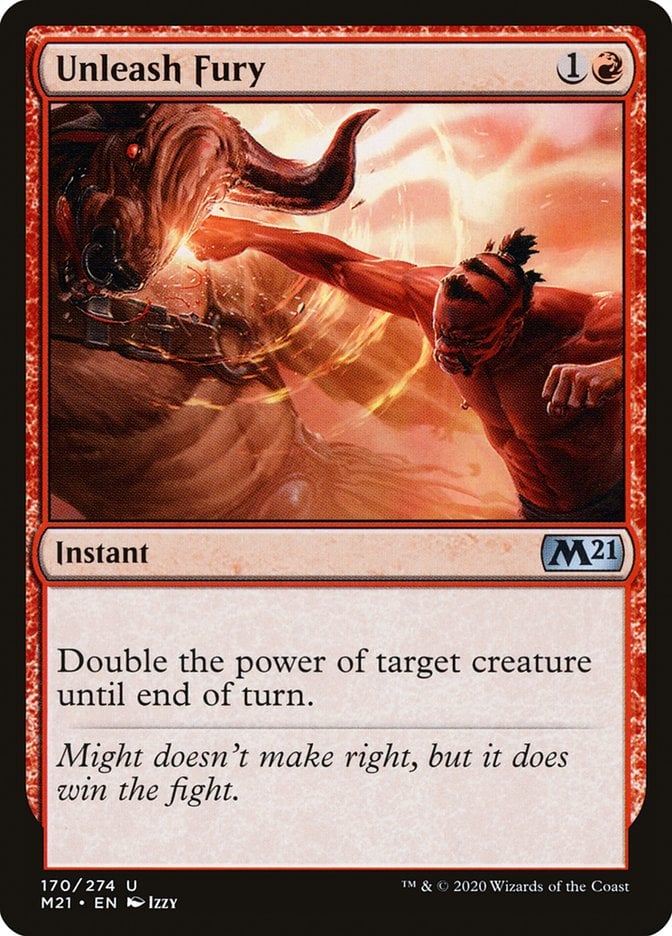
Unleash Fury doubles your damage but is best saved for a turn when you want to finish somebody off.
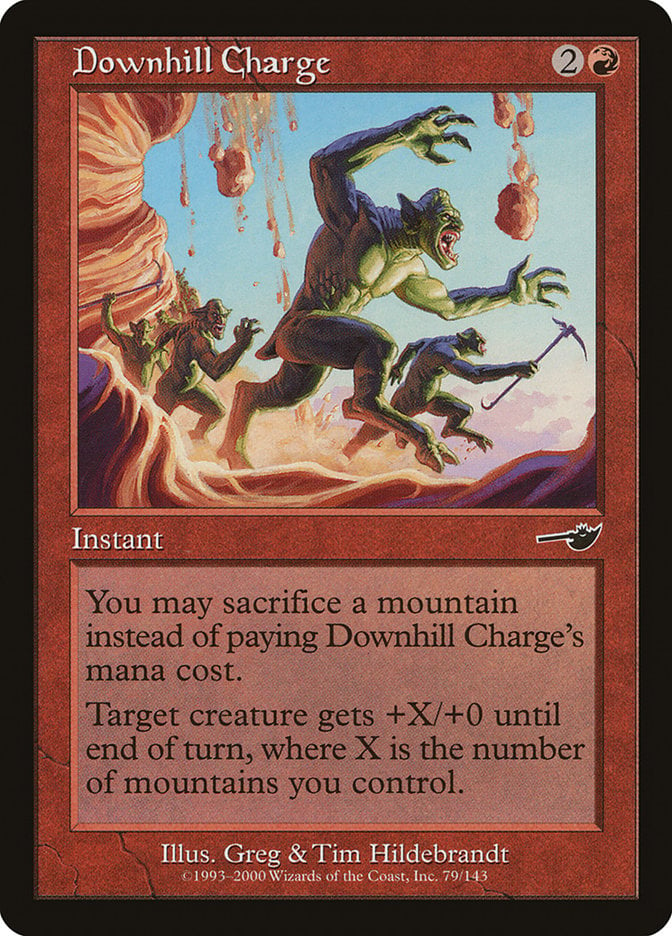
Downhill Charge is your most efficient pump option, as you’ll often cast it for free unless you have oodles of mana. The later the game goes, the better this becomes, though it’s weaker early than the other options.
Group Slug Effects
These effects punish your opponents for taking… any game action. They’re all symmetrical, so you’ll be taking damage as well – but your commander ensures that you’ll be taking far less than your opponents, and taking extra damage doesn’t matter as much when you’re the player pressuring the table.
Making land drops is one of the strongest game actions you can take in Magic, so Zo-Zu the Punisher and Ankh of Mishra punish this. They’re pretty good against green decks that want to ramp with Cultivate and the like.
Manabarbs and Burning Earth were the first cards I thought of when I saw Axonil. Casting a 5-mana spell with Axonil in play costs a player half their starting life. Your opponents will think twice about playing anything that’s not removal.
Eidolon of the Great Revel has been a staple of burn decks for years because of its efficiency. It’s just as good here, alongside its cousins Pyrostatic Pillar and Spellshock. Relying on your opponents to cast cheap spells may seem contradictory in a format often defined by big spells, but it’s safe to assume other high-powered decks run lots of efficient spells.
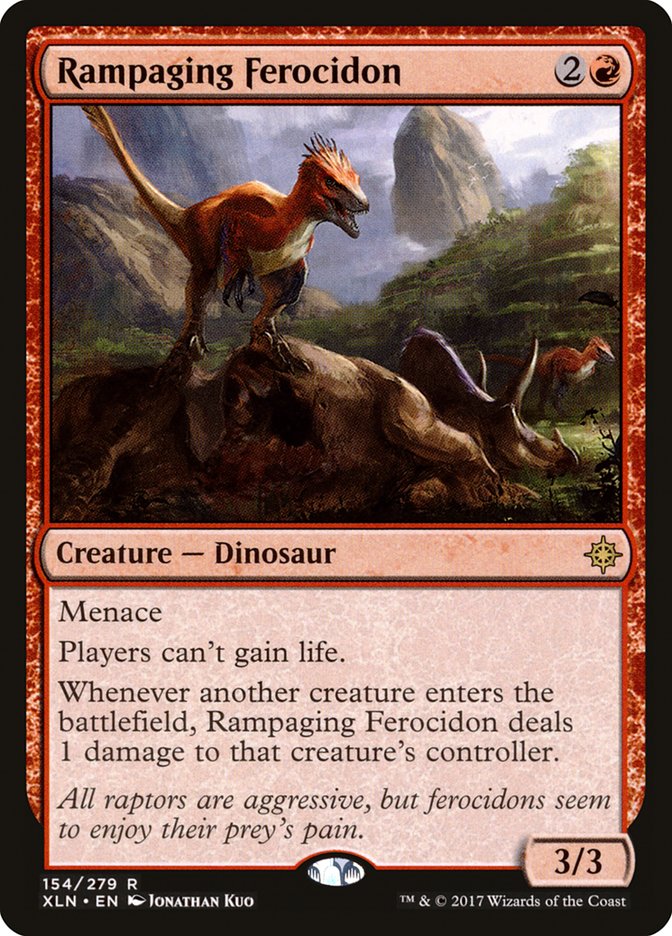
Rampaging Ferocidon was too good for Standard, and it’s pretty great here. Shutting off lifegain can shut off some strategies. The repeated damage doesn’t matter to your creature-light deck, while it destroys token strategies and hampers a surprising number of combos.
Steady Damage
These effects pummel your opponents, either based on your game actions or simply as their effect. These are important to keep the pressure up. With the group slug abilities, a player can play into them as little as possible until they find an answer; these effects don’t give them that time.
Thermo-Alchemist and Urabrask turn all your instants and sorceries into burn spells. Firebrand Archer and Kessig Flamebreather are the perfected versions of this effect, triggering off any of your noncreature spells. Flipping Urabrask into The Great Work often leads to a win within a few turns.
Chandra, Dressed to Kill is a 3-mana rock that deals 4 damage to an opponent each turn that draws cards sometimes. Wait, is this Commander's Sphere?
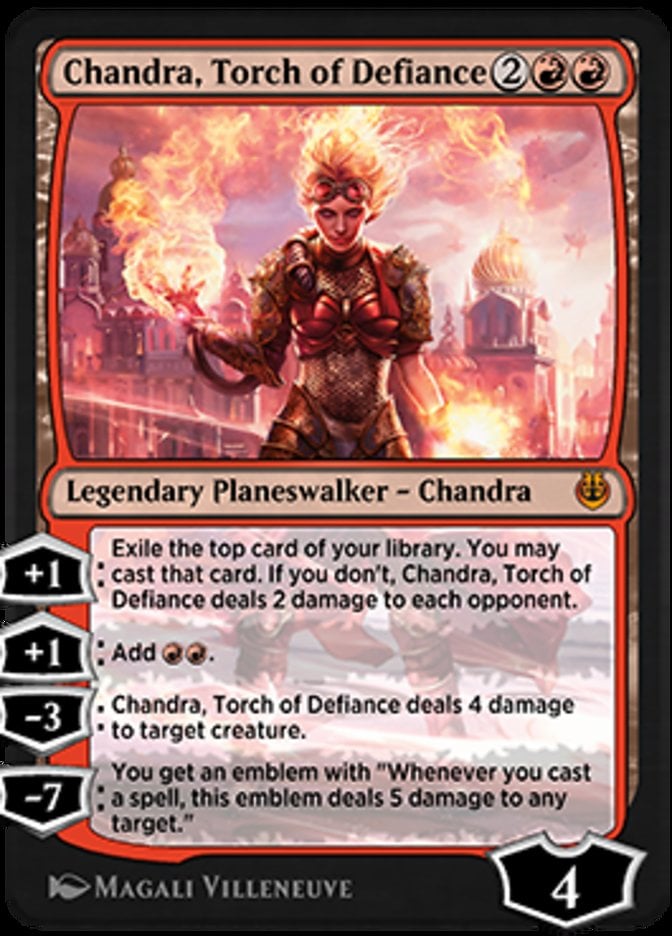
Chandra, Torch of Defiance kicks it up by doming each opponent for 4 while drawing cards. The ramp mode is also quite useful when you want to cast a flurry of spells, and the ultimate just wins.
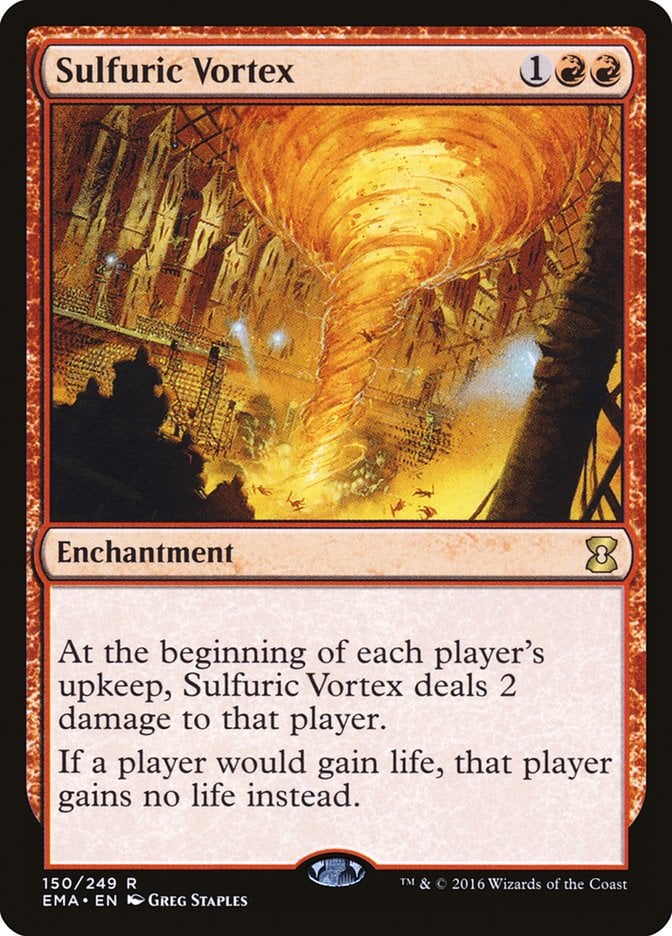
Sulfuric Vortex is the classic red enchantment. It’s just incredibly efficient at what it does. Cube decks love it, and so does Axonil.

You could discount Roiling Vortex as Sulfuric Vortex at home, but all burn spells are equal under the terrifying maw of Ojer Axonil, Deepest Might. I also like punishing opponents for attempting to cast free spells, either because they have an alternate cost or through mechanics like cascade and discover.
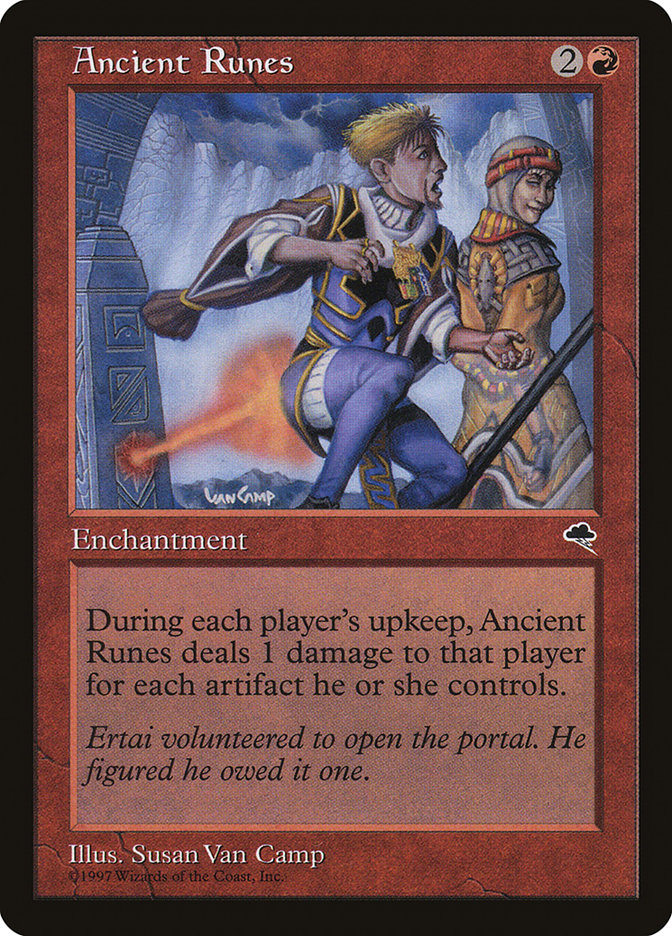
Ancient Runes is a feast or famine card. Some opponents take little to no damage, while this card alone can kill others. It’s pretty easy for this effect to grow past Axonil’s ability, which means even more damage for you.

Pyrohemia is one of your best finishers. Four damage for 1 red mana, equal to as much red mana as you have, is often more than enough to take out some players. The board control is also nice.
Burn Spells
These are exactly what they say on the tin: burn spells that primarily complement your Firebrand Archer effects. While cheap, they’re effective at dealing damage, especially since there are lots of cheap ways to deal 1 or 2 damage to all players.
Gut Shot and Lava Dart may seem weak, but they represent a surprising amount of damage for little mana. Casting either one often results in 8 damage to one player, as you’ll trigger a Firebrand Archer. Lava Dart flashing back for free is especially useful.
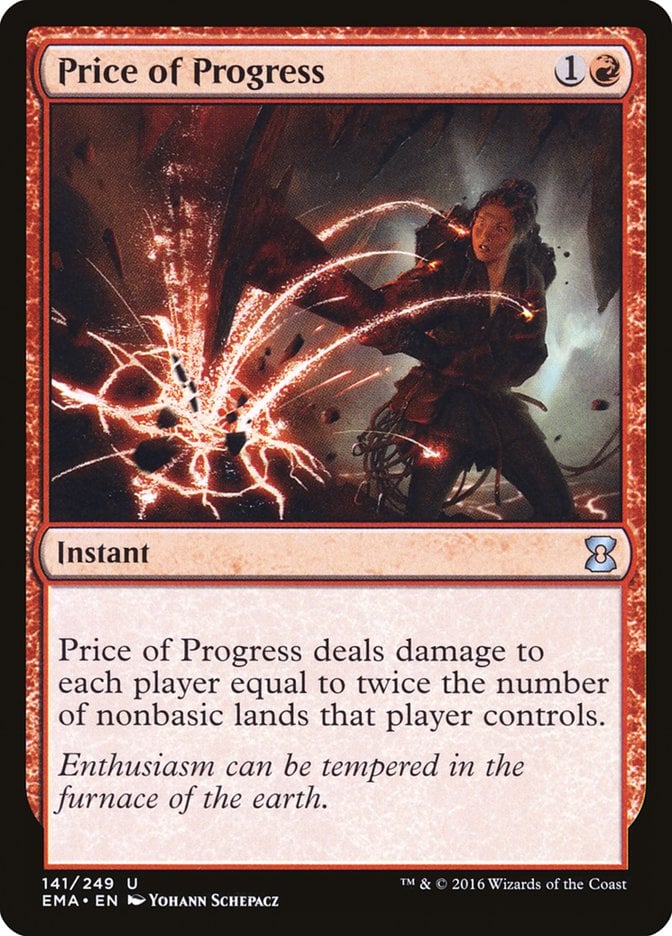
Price of Progress isn’t a spell I expect to be affected by Axonil’s pump; it’s just an incredibly effective burn spell that ends the game.
Fiery Confluence is almost egregious with Ojer Axonil, Deepest Might. When you cast a modal spell and choose the same option, it’s treated as an individual effect each time. Casting Fiery Confluence and choosing to deal 2 to your opponents each time is, as far as the rules are concerned, making the spell say ~deals 2, ~deals 2, ~deals 2, with each instance being buffed by Axonil for a total of 12 damage to all your opponents for 4mana. And it does other things sometimes.
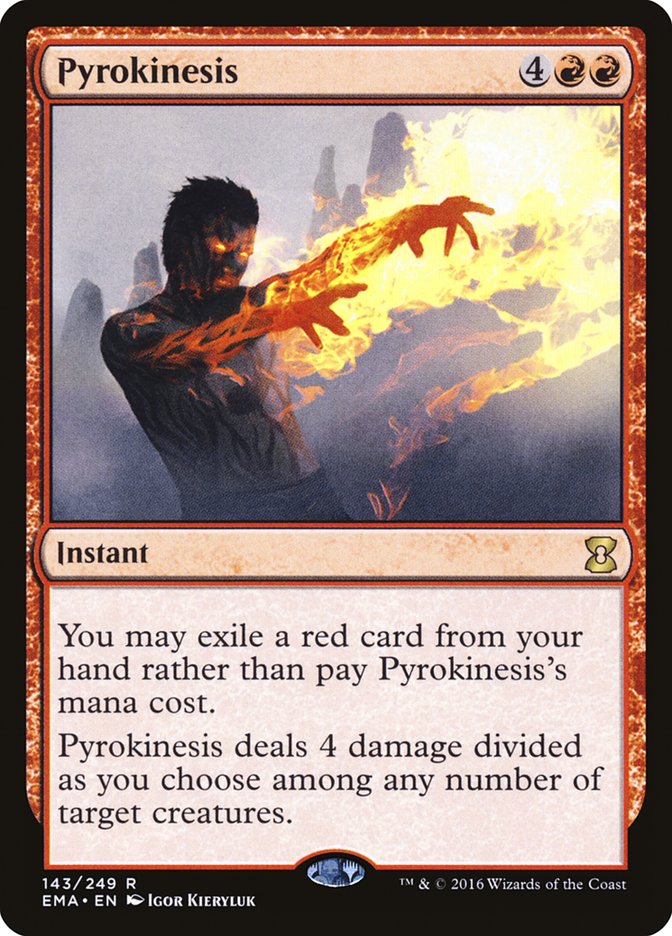
Pyrokinesis might be your most versatile spell. You’ll often use it to deal 4 damage to each opponent by splitting the damage, but a free spell that can remove troublesome creatures or planeswalkers is welcome.
End the Festivities is a cheap burn that’s useful early in the game to burn away mana dorks like Birds of Paradise and Hierarchs to slow your opponents down.
Rain of Embers spreads Axonil’s passion far and wide. Volcanic Spray gives you the same effect with flashback, though it kills fewer creatures.

I’m not going to go so far as calling Mana Clash good, but it’s certainly fun. Can you one-shot an opponent with this? Yes! Can you spend 1 mana to do nothing? Absolutely. The truth is somewhere in the middle for sure, but I love this silly card dearly.
Playing Grapeshot alongside effects that are famously good against storm decks like Pyrostatic Pillar is funny but your opponents will stop laughing when the storm capsizes them. This is another effective finisher that can often handle two opponents at once, especially alongside some of your free spells and pingers.
Card Advantage
A burn deck like this needs to have card advantage in Commander. Keeping the pressure on your opponents is hard when your hand is empty, so you have a few potent effects to keep cards flowing.
Wrenn's Resolve and Reckless Impulse are the red Divination. Your fast mana and low curve help you to cast both spells as often as possible. Thrill of Possibility offers a similar effect at instant speed.
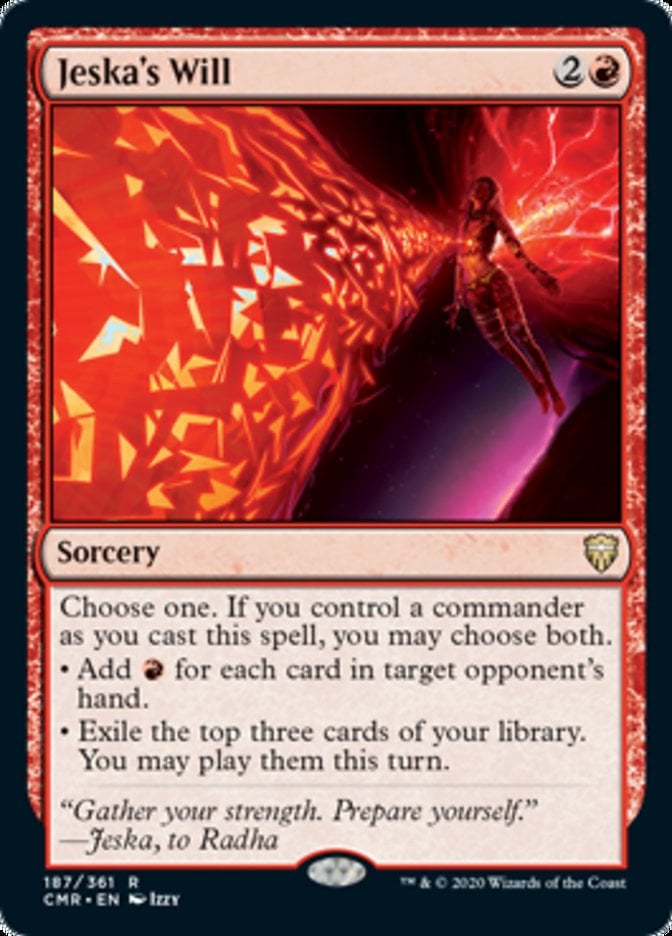
Jeska's Will is simply busted; mana and cards are a great deal. Even if you don’t choose both modes, which happens infrequently, casting this can result in explosive starts.
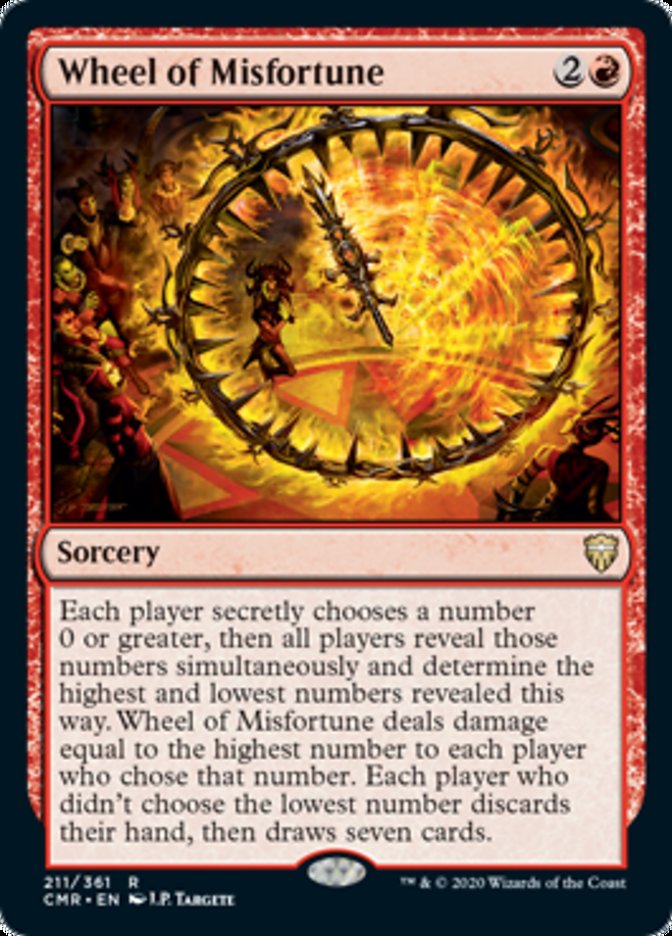
Wheel of Misfortune is strong in a deck with fast mana that wants to empty its hand. It’s also the kind of card I love playing in Commander because it introduces an interesting subgame without distracting from the main game too much.
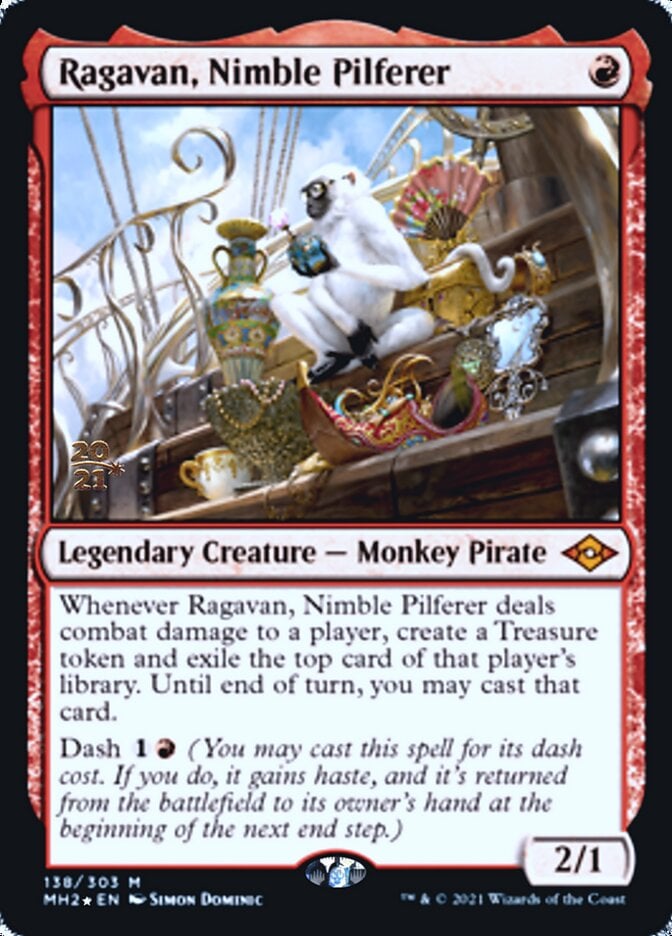
Ragavan, Nimble Pilferer does more than just draw cards, but this felt like a good place to mention it. It gets weaker the latter you draw it, but the insane value offered when cast in the first 2 or 3 turns makes Ragavan worth the include.
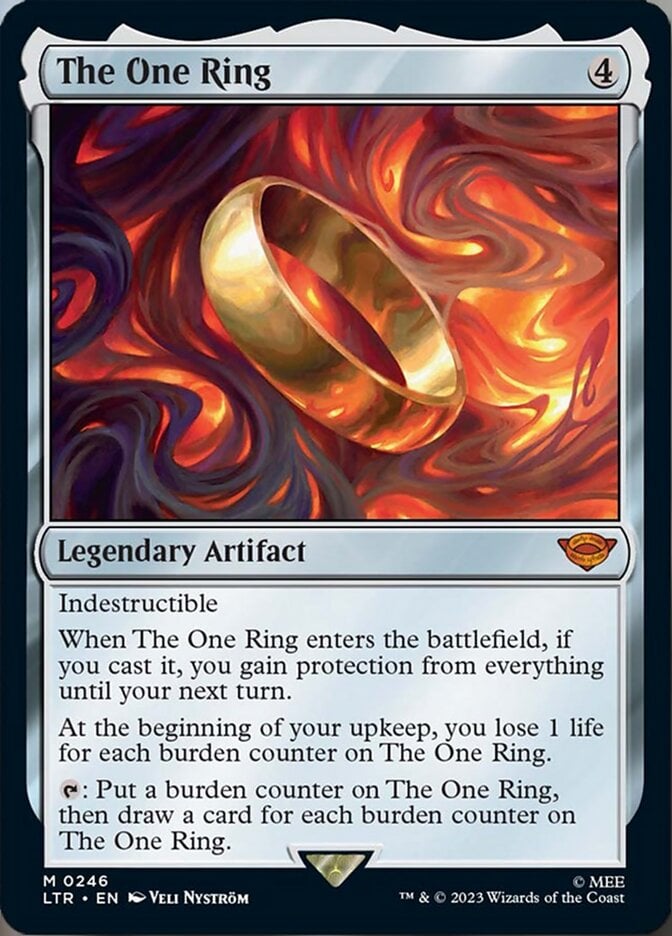
The One Ring has become a staple in many of the formats it's legal in, and Commander is no exception. It provides incredible card draw, but the protection forestalls aggression. Protection from everything includes your group slug effects, which can be quite potent.
Interaction
While this deck is interested in going fast, it’s not fast enough to forgo interaction entirely. A lot of the interaction focuses on slowing your opponents by attacking their mana, preventing them from enacting their game plan properly to give your damage time to work its magic.
Pyroblast and Red Elemental Blast are great in any red deck without access to blue mana. Getting to interact on the stack is vital to let your spells get through countermagic. Tibalt's Trickery is great at stopping opposing players from winning the game.

Chaos Warp is red’s best spot interaction since it deals with any permanent for a useful color pie break.
As a mono-red deck, you can play powerful effects that hamper your opponents while leaving you untouched. Blood Moon and Magus of the Moon are chief among them; Commander players don’t play enough basics, so these are quite punishing. Ruination takes this further by denying them access to any mana.
Brotherhood's End is a powerful card. You can shut down opposing players trying to ramp with mana or blow up a threatening board of small creatures. Blasphemous Act handles large creatures while Meltdown gives you additional utility against artifact decks.
The Mana Base
This is where the “high-powered” bit kicks in. Everybody plays Sol Ring, but you’ve also got Mana Crypt, Mana Vault, and Jeweled Lotus as fast mana rocks. Chrome Mox, Ancient Tomb, and Simian Spirit Guide all get you in on the fast mana as well.
In addition to the fast mana, you have a few regular mana rocks like Thought Vessel, Mind Stone, and Ruby Medallion.

Seething Song also leads to explosive starts, though it can be more vulnerable to interaction than the other mana rocks that stick around.
The mana base has Shivan Gorge and Valakut, the Molten Pinnacle as value lands. The former can be a good mana outlet if you flood, and the latter might be more of a pipe dream but has a relatively low entry cost.
Valakut Awakening and Shatterskull Smashing round out the mana base as Mountains that are sometimes spells. You could run more value lands, but it’s important to stick to as many basics as possible with Ruination in your list.
The Strategy
Sonic would approve of this decklist because its main game plan is to go fast. You want to burn out the table as quickly as possible. Having acceleration is important for this game plan, so that’s important to look for in your opening hands.
It’s also worth considering your opponent’s commanders, specifically how many colors they’re playing. This deck punishes multicolor decks incredibly well between cards that deal extra damage with fetch lands and Blood Moon cards. Looking for those is quite reasonable.
When you’re curving out, it’s important to consider your sequencing. In general, it’s best to get the group slug effects out first. These take a little time to extra value; the difference between a turn 2 or 3 Sulfuric Vortex or a turn 5 or 6 Vortex is 6 or more damage. Try to deploy your group slug and steady damage effects early and hold the burn spells as finishers.
As for deploying Ojer Axonil, Deepest Might, I usually want to get down a burn effect before playing it if possible. If you already have Manabarbs or something in play, your opponents will take at least a little damage, even if they have an immediate answer. Jeweled Lotus or Mana Crypt can change this, as playing a 4/4 trampler on turn 1 or 2 lets you attack for a respectable amount of damage.
While it’s an aggressive deck, this list does have legs for the late game. You have a decent amount of card draw, and the longer cards like Roiling Vortex and Manabarbs sit in play, the more damage they deal. Aggressively slowing the game down with your mana disruption is a fantastic way to grind out a win.
Combos and Interactions
This deck doesn’t have any infinite combos, but it does have a few interactions I want to highlight.
The first is a great way to cheese a win, and it involves Manabarbs or Burning Earth. If an opponent casts a spell with one of these effects, it fills the stack with triggered abilities. Let’s say your opponent casts a 5-mana spell, putting five triggers on the stack. You can respond with Unleash Fury or Downhill Charge targeting Ojer Axonil, Deepest Might for a bunch of unexpected damage – often enough to remove an opponent from the game before the spell even resolves. They can get around this by tapping lands one at a time and letting each trigger resolve individually, so you’ll only get a player with this once.
Another interaction involves your commander and Solphim, Mayhem Dominus. Solphim is your only damage doubler because it isn’t that good with Axonil because of how replacement effects stack.
If an event would be affected by two or more replacement effects, the player who’s affected by the event chooses how they’d stack. Let’s say you have Solphim, Mayhem Dominus and Ojer Axonil, Deepest Might in play, and you’re dealing 1 damage to an opponent. That opponent chooses how the replacement effects of the two legends are applied. They’ll certainly choose to apply Solphim’s replacement effect first, doubling 1 damage to 2, then Axonil’s damage to take a total of 4, the same amount of damage they’d have taken without Solphim in play.
It's important to highlight this interaction because it’s a little intricate, but it also impacts when you play Solphim. It’s in the deck as a backup to Axonil in case the god gets locked behind a Drannith Magistrate, Imprisoned in the Moon, or similar effect. Solphim also helps you deal the damage you need to flip Temple of Power back into your commander.
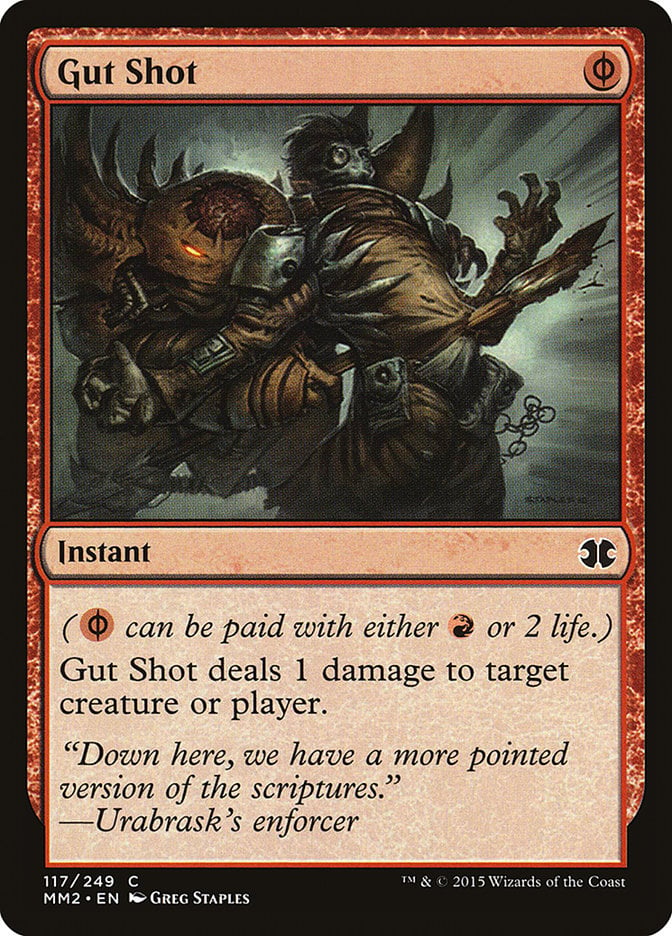
Lastly, it’s important to note that Axonil isn’t dealing the damage itself; it’s increasing the damage dealt by a spell. Gut Shot is the card dealing 4 damage. This means that if your opponent removes Axonil before a spell or ability dealing damage resolves, there won’t be any additional damage dealt, and effects that give Axonil keywords like lifelink won’t affect our spells or abilities dealing extra damage.
Rule 0 Violations Check
This deck is pretty high-powered. Between the fast mana and mana disruption effects like Blood Moon and Ruination, it’s best to steer away from more casual tables with this deck. Make sure your opponents know what they’re signing up for; while you aren’t playing infinite combos, casual players probably won’t like a turn 1 Ojer Axonil, Deepest Might followed by turn 2 Manabarbs.
Budget Options
There are lots of places you can look to trim expenses, especially that mana base.
All the fast mana except for Sol Ring is pretty pricy and could be replaced by cheaper, average mana rocks like Fire Diamond and Arcane Signet. This does decrease the deck’s speed drastically, but that’s not necessarily a bad thing.
Ragavan, Nimble Pilferer offers lots of flexible value on turn 1, but there are plenty of cheaper value pieces. Sardian Avenger stands out if punishing Treasure decks piques your interest.
Meltdown lets you destroy mana rocks on the cheap, but Shattering Spree gives you the same effect for a little more mana and preserves your artifacts.
You run Deflecting Swat to protect Axonil since you depend on it so much, but Bolt Bend is an acceptable alternative.
The One Ring draws an incredible number of cards for its mana value, but you can get steady card advantage from Vance's Blasting Cannons or Valakut Exploration instead.
Other Builds
One alternative build would be to simply power the deck down. Shaving away the fast mana and mana disruption makes the deck cheaper and friendlier for casual tables that don’t mind a slow, steady burn.
You could also make the deck more creature-focused. Cards like Hellrider, Impact Tremors, and Raid Bombardment provide a more proactive gameplan to burn the table than this group slug build; it’s just what I gravitated towards because I like enchantments.
Commanding Conclusion

Ojer Axonil, Deepest Might | Illustration by Clint Lockwood
Gods in Magic are often among the most flavorful and interesting card designs we get, and the cycle from The Lost Caverns of Ixalan is no different. They all look like interesting and fun commanders to build around.
Ojer Axonil, Deepest Might represents a challenge of passion to the Oltec people expressed through mighty power. This deck looks to harness it with a fast, high-powered list trying to burn the table out with every action they take.
Which god from The Lost Caverns of Ixalan are you looking forward to playing with? Do you like group slug decks? Let me know in the comments below or on the Draftsim Discord!
Stay safe, and stay passionate!
Follow Draftsim for awesome articles and set updates: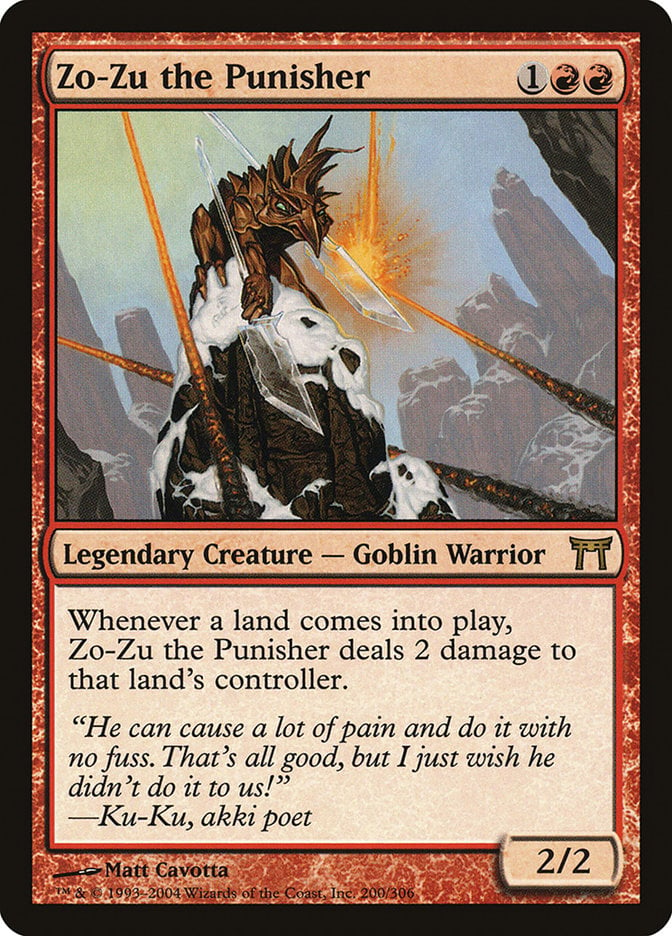
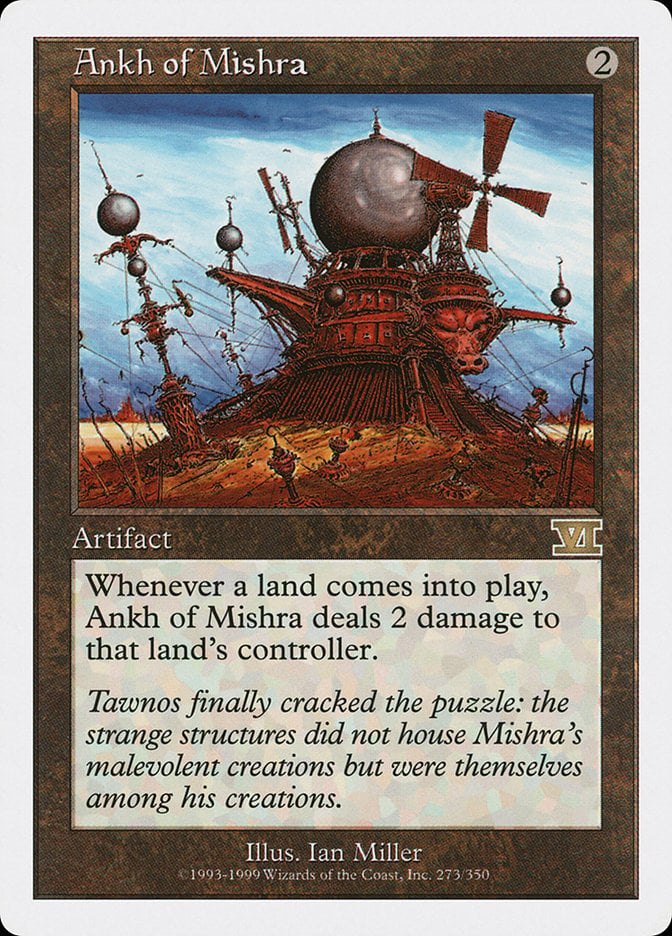


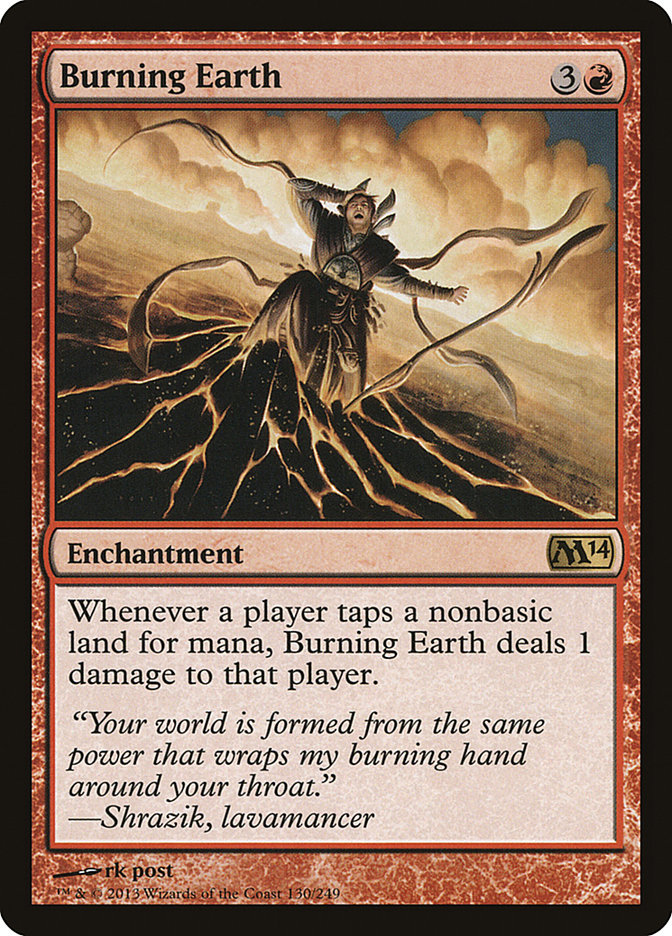
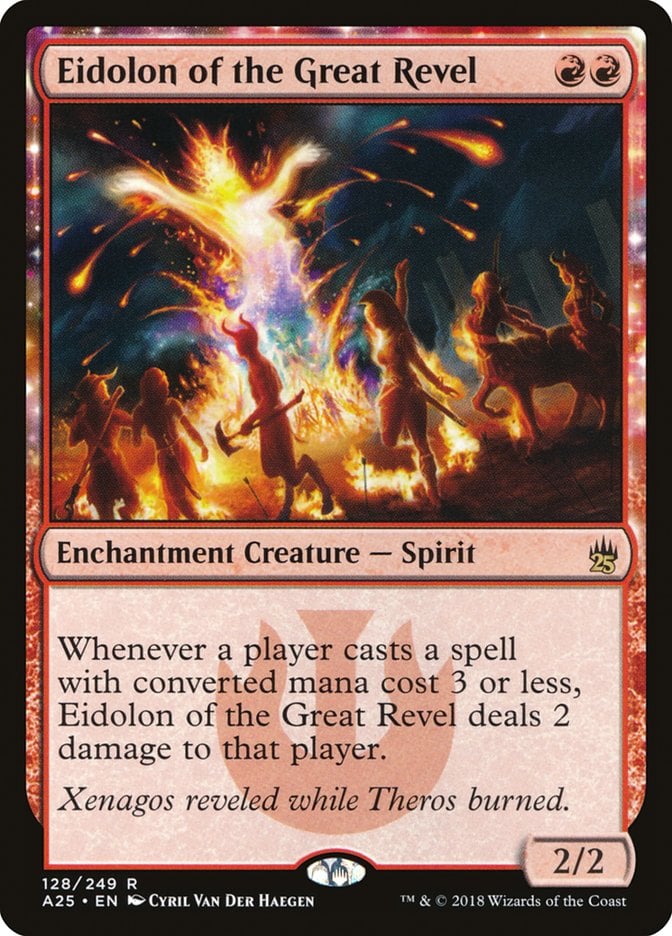
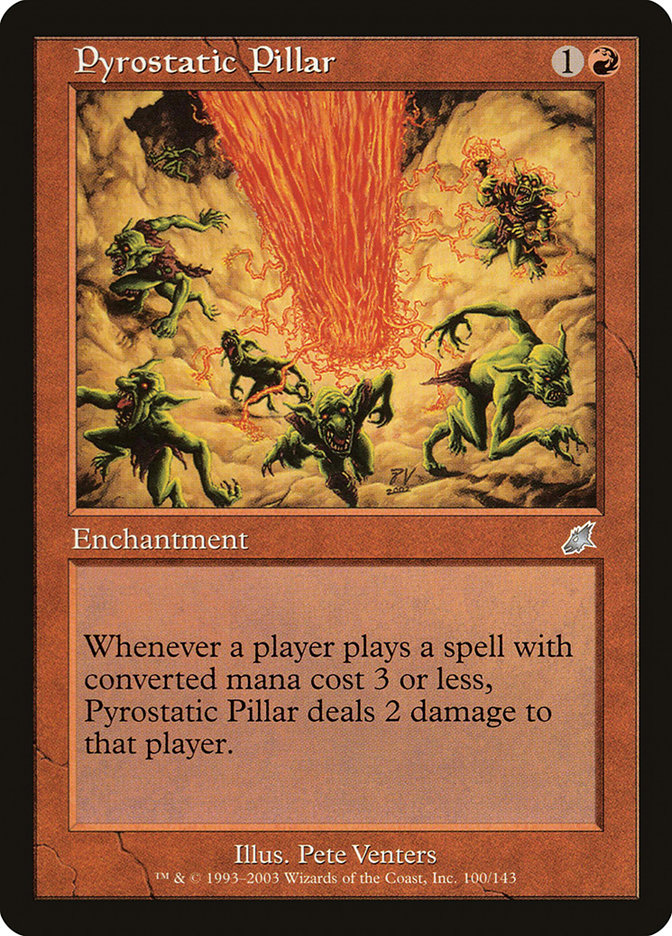

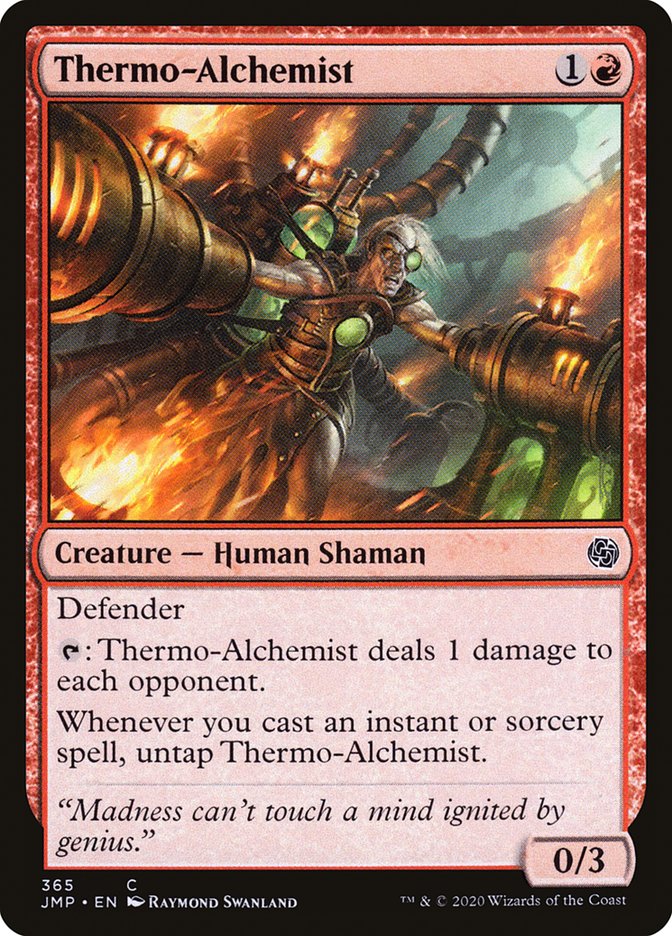
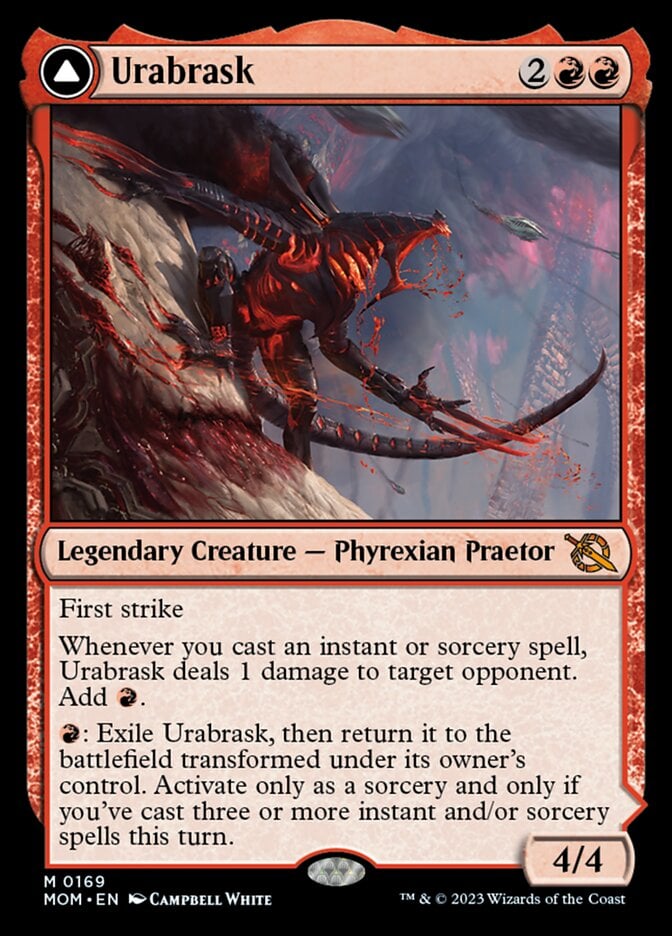

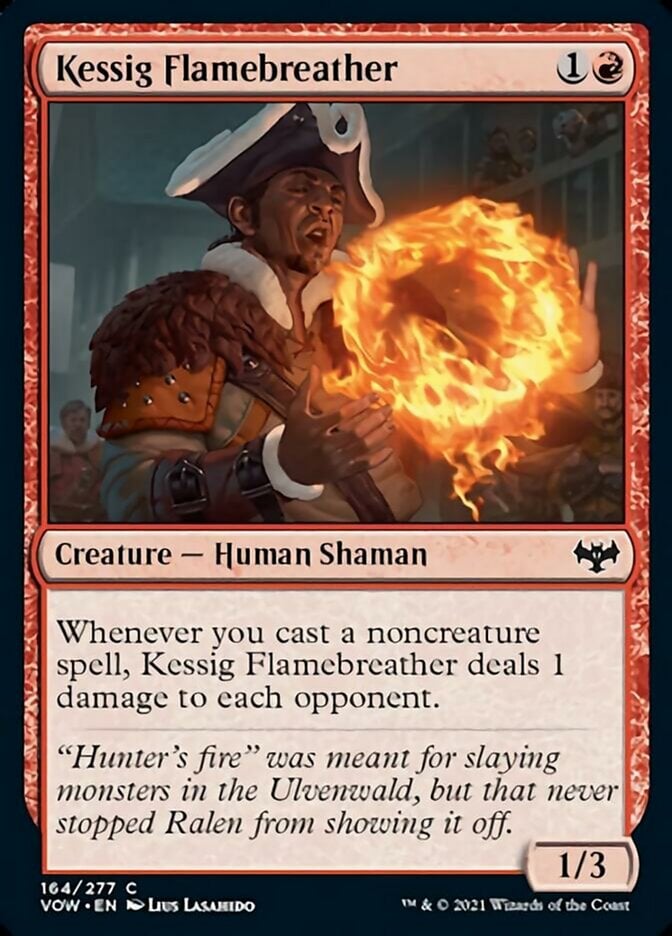

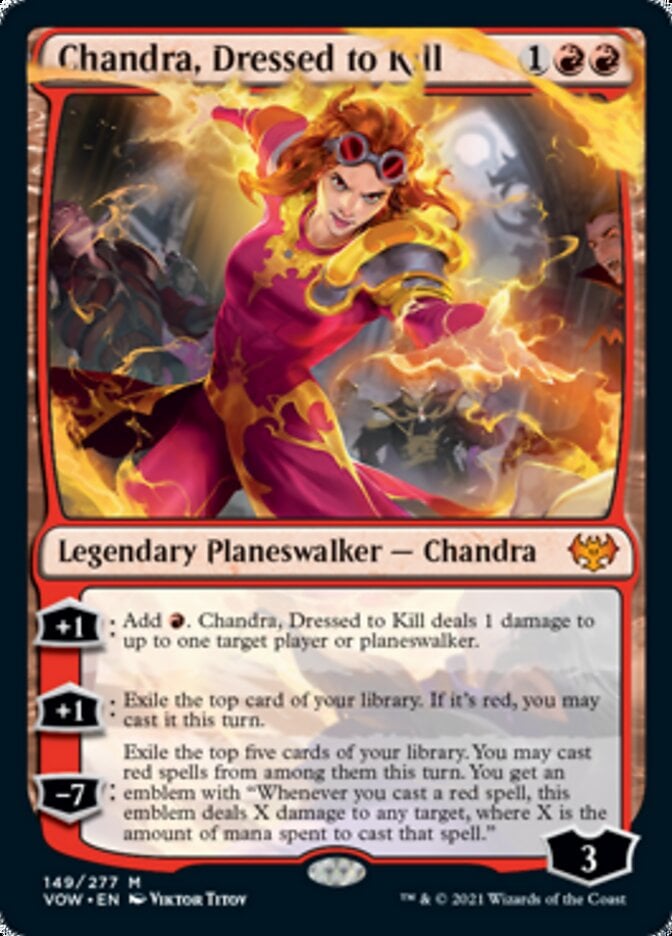
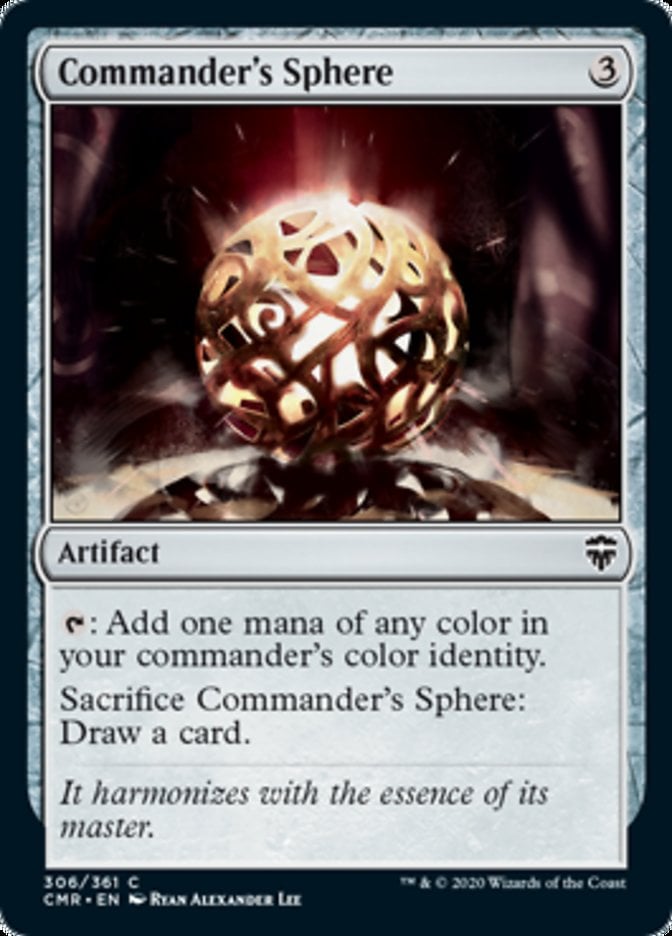
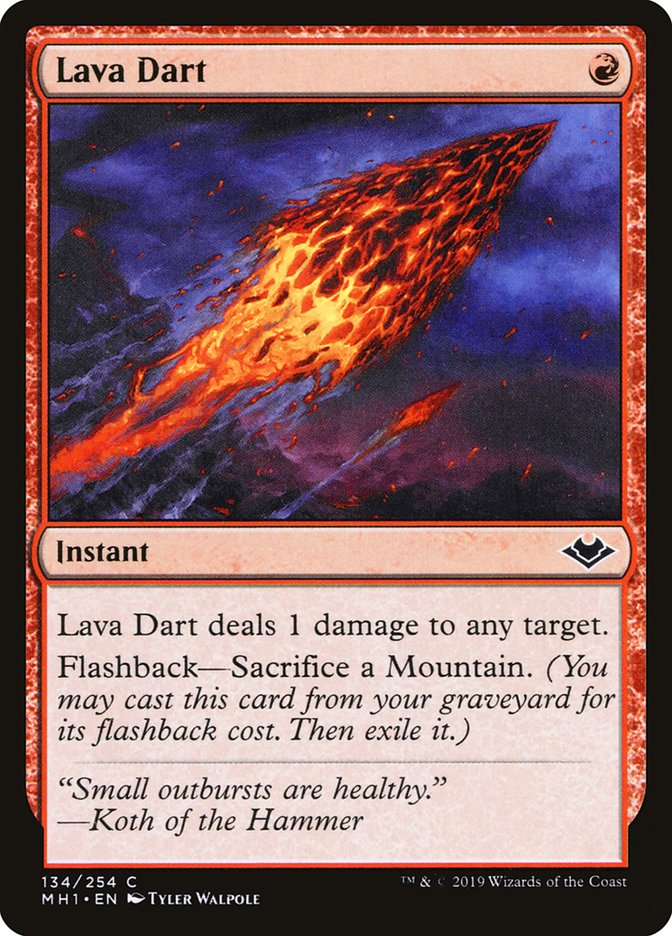


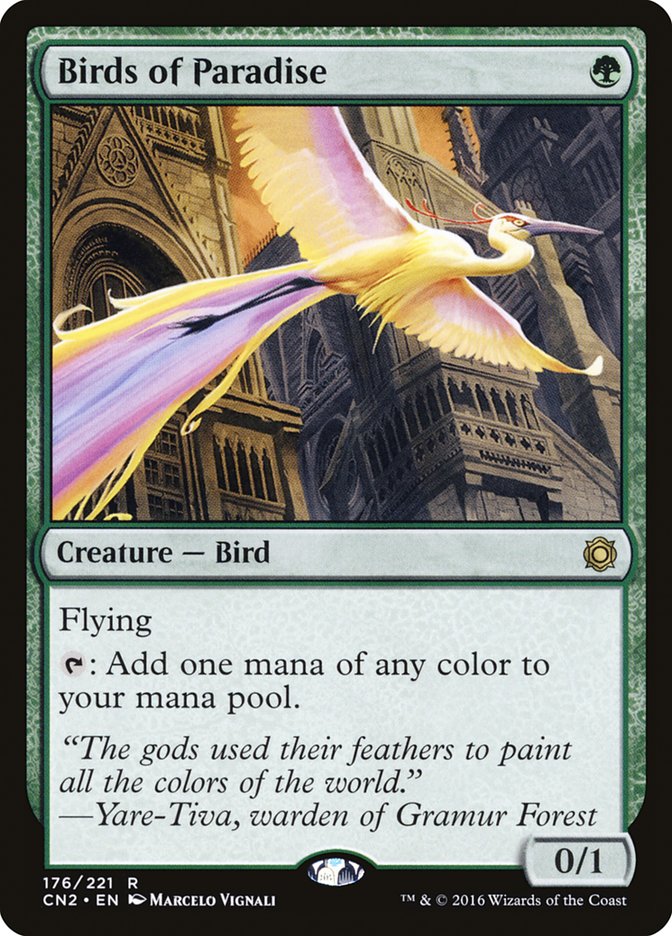
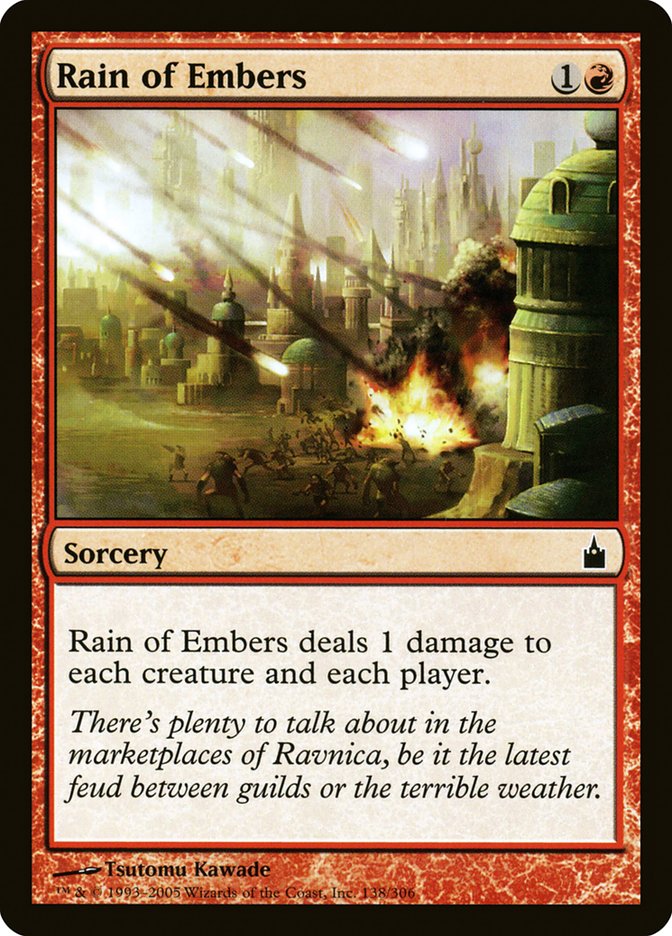
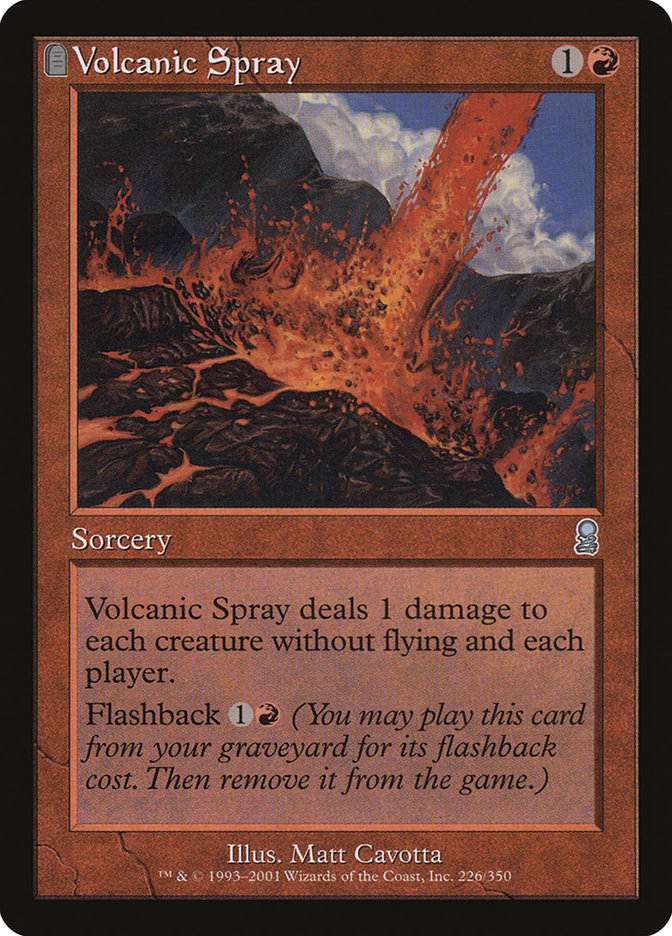

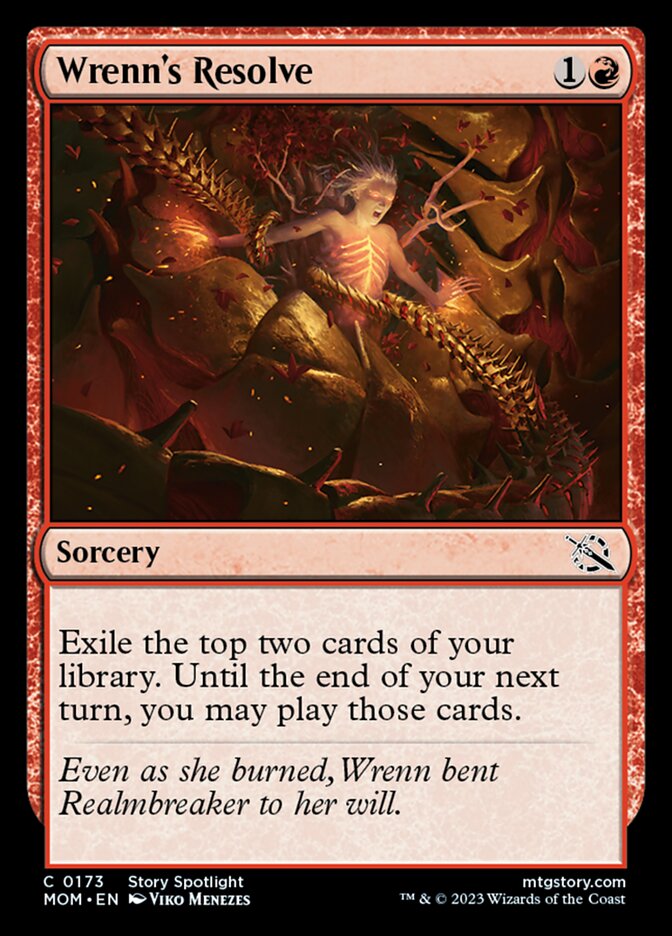

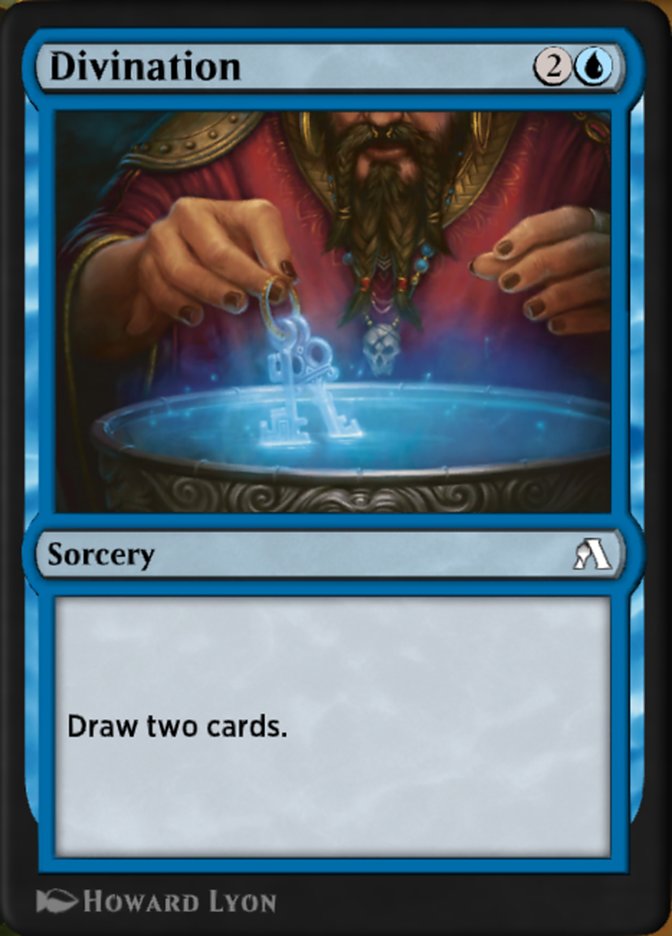
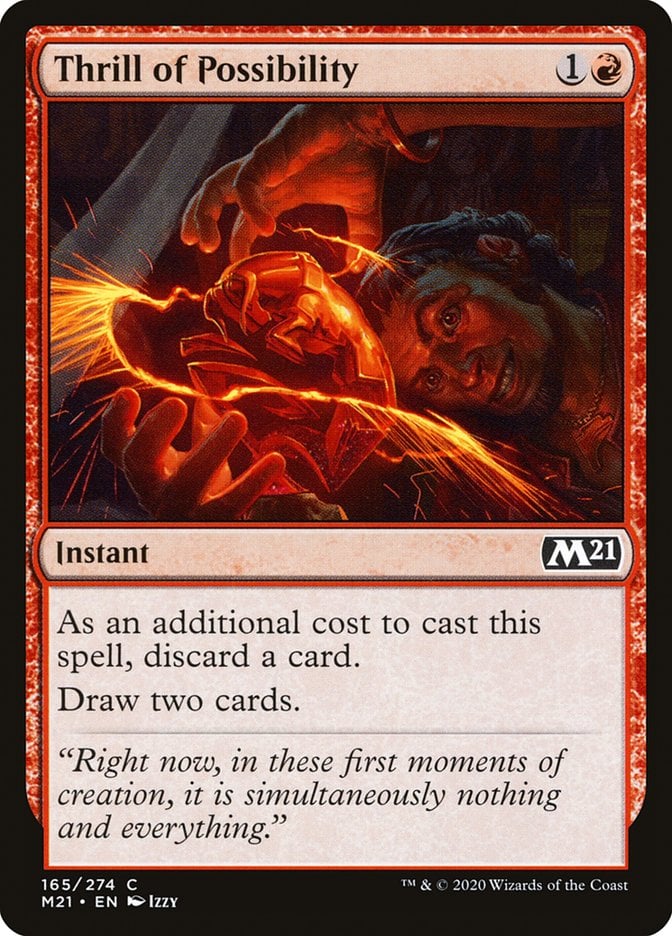
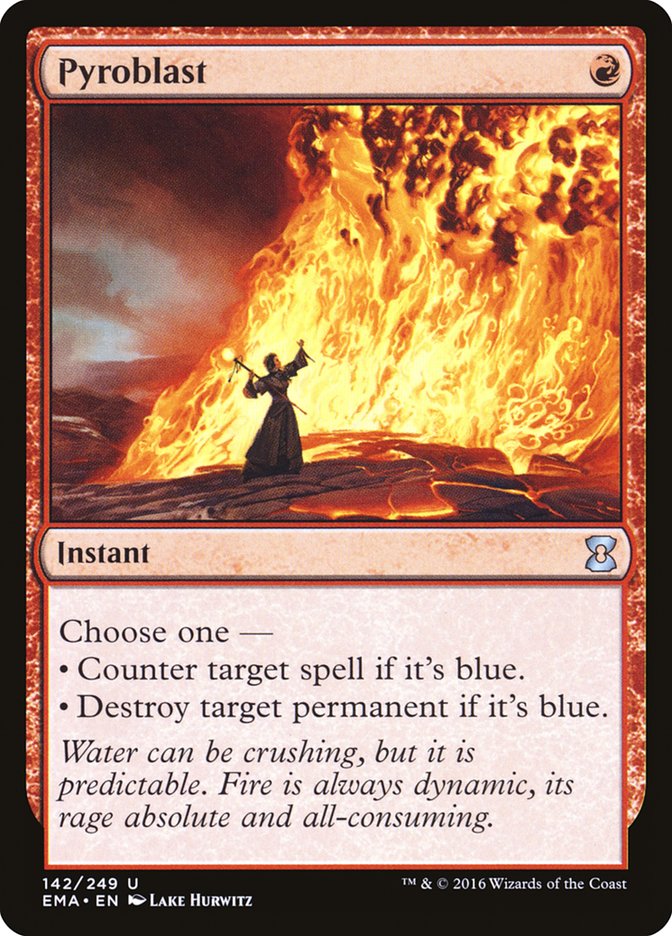

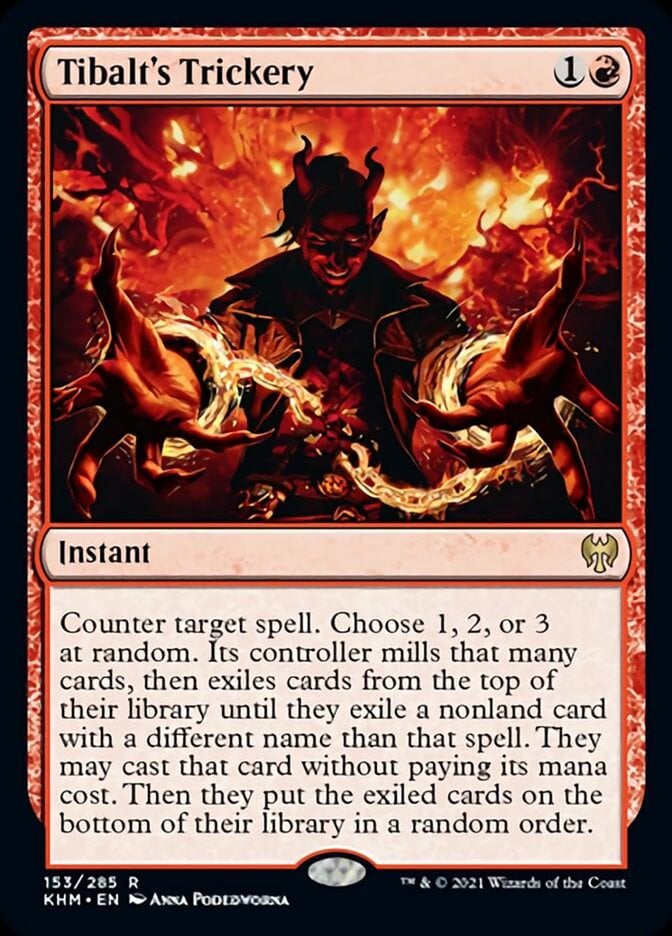
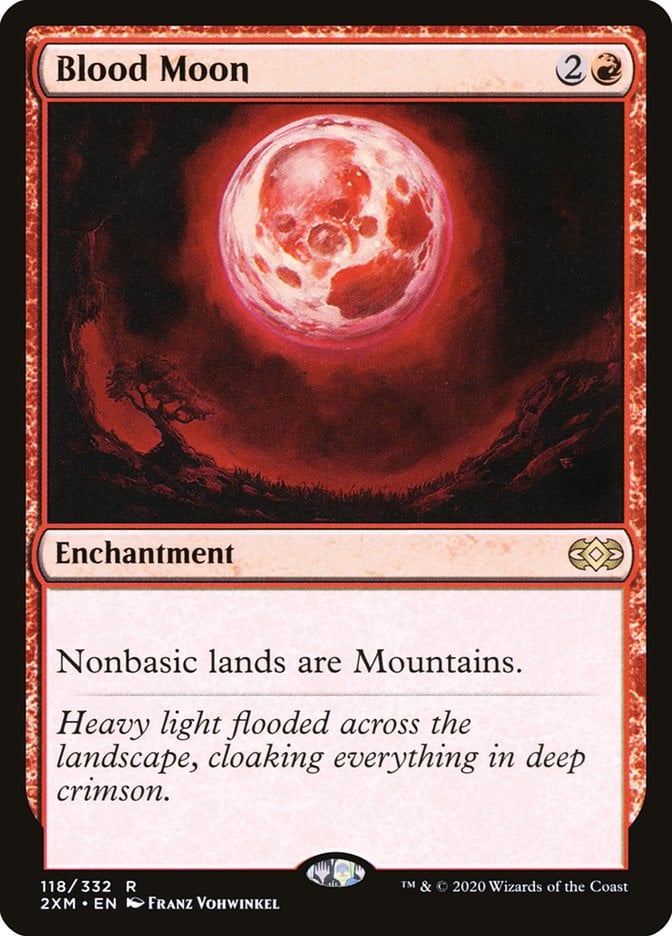
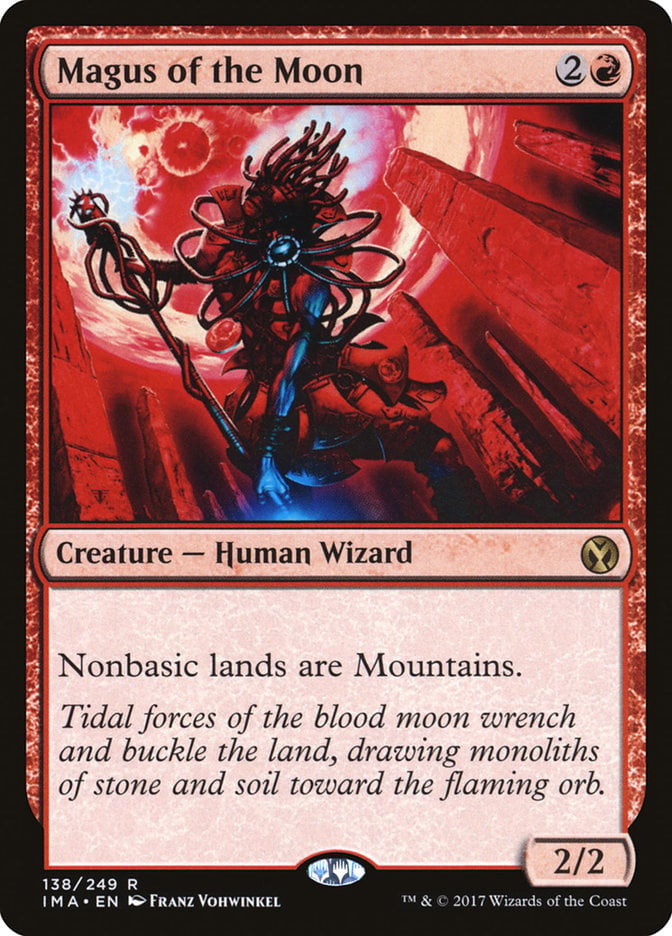

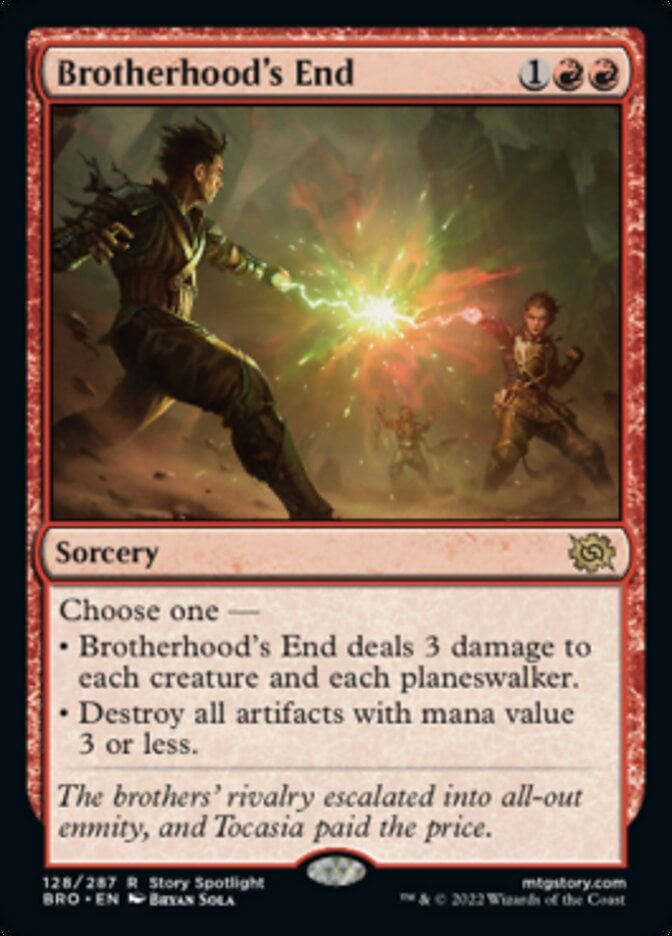
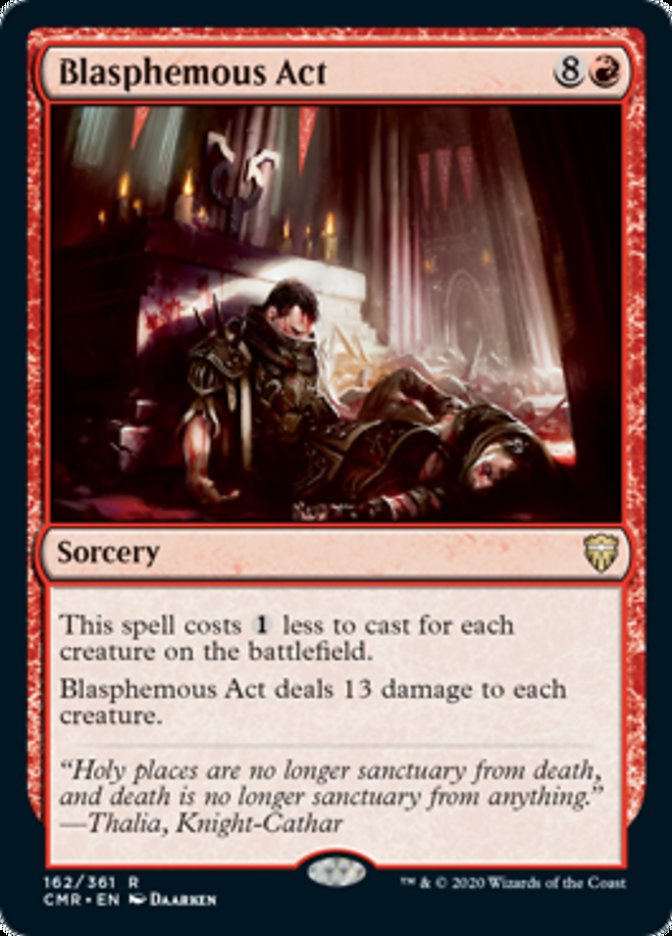



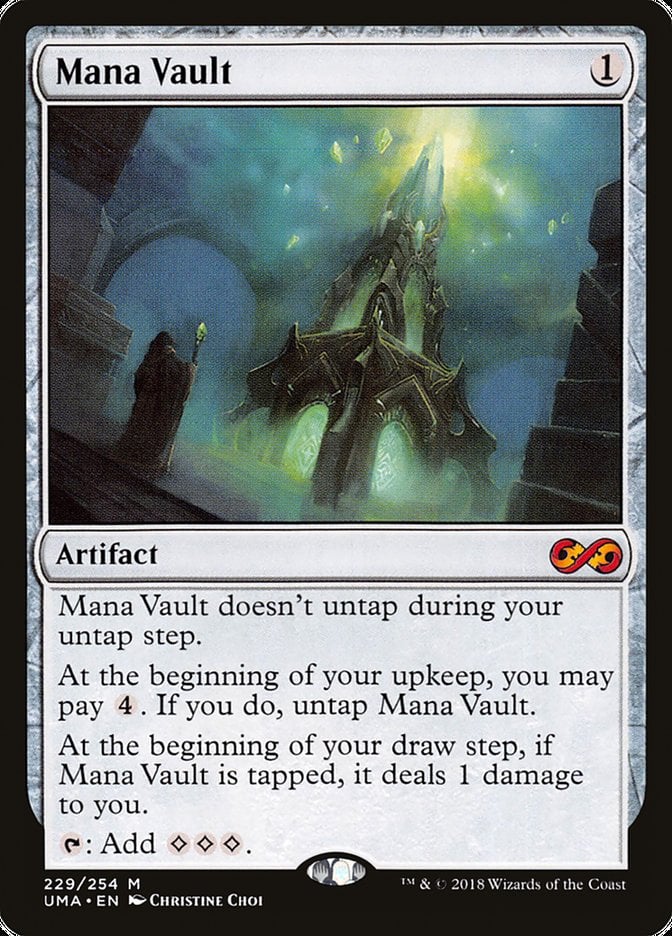
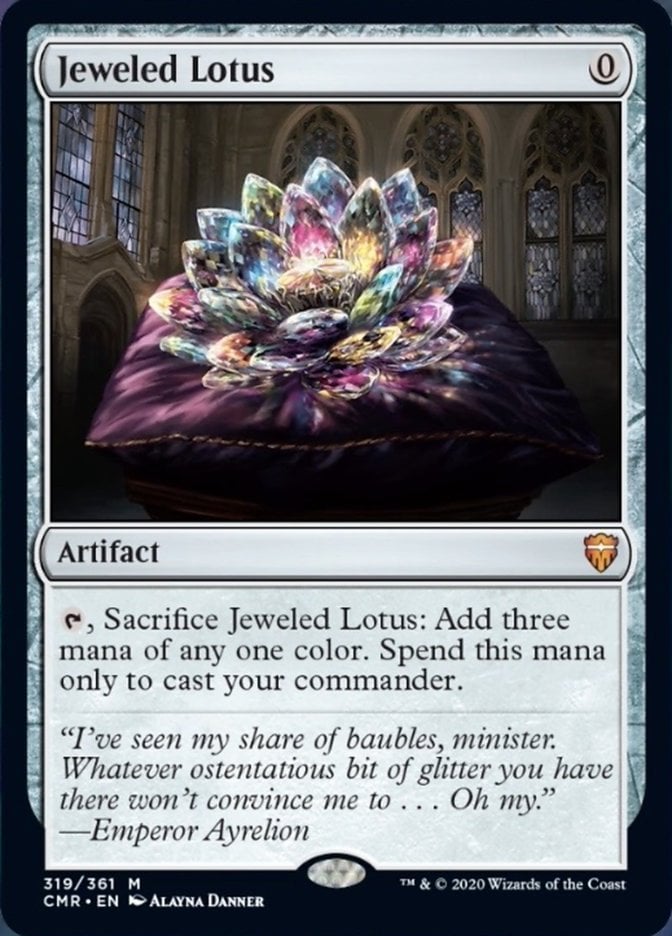
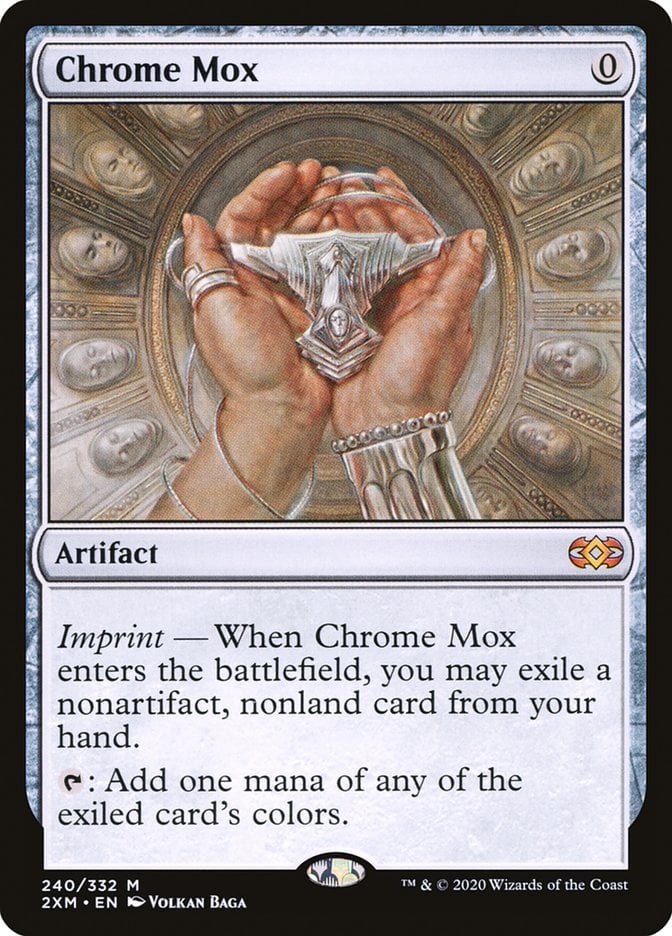

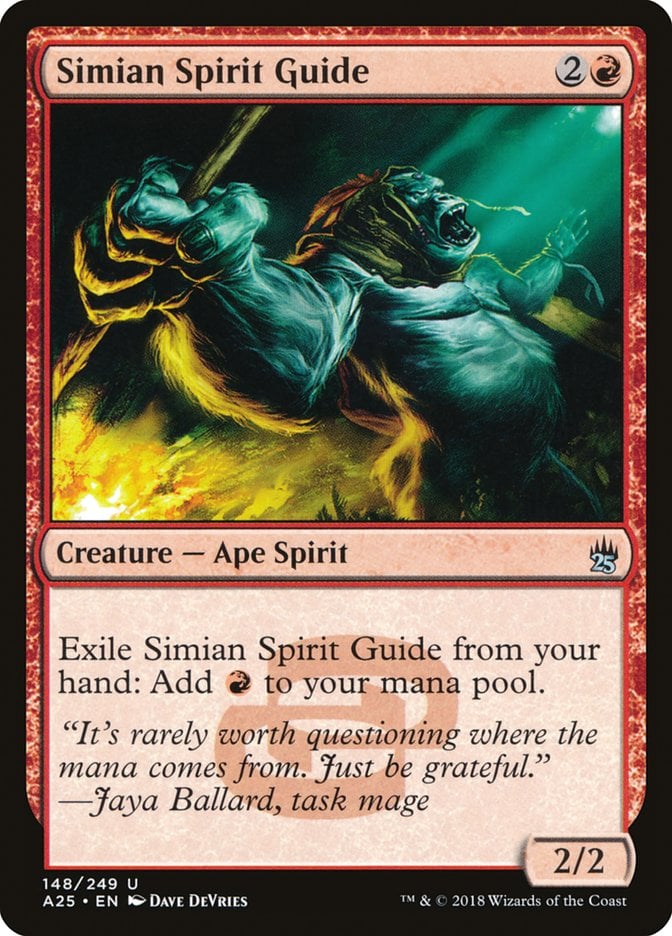
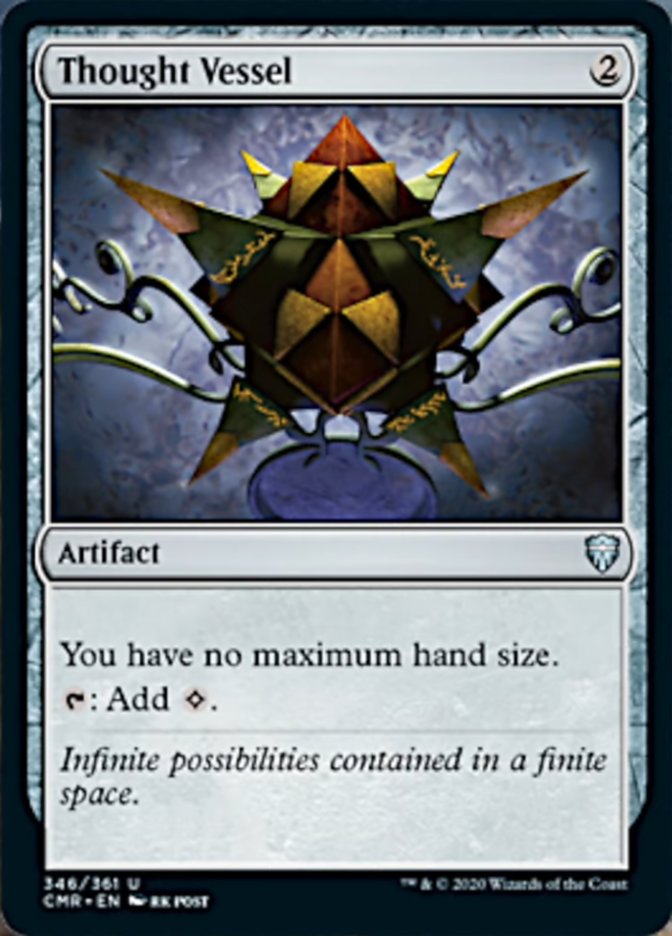
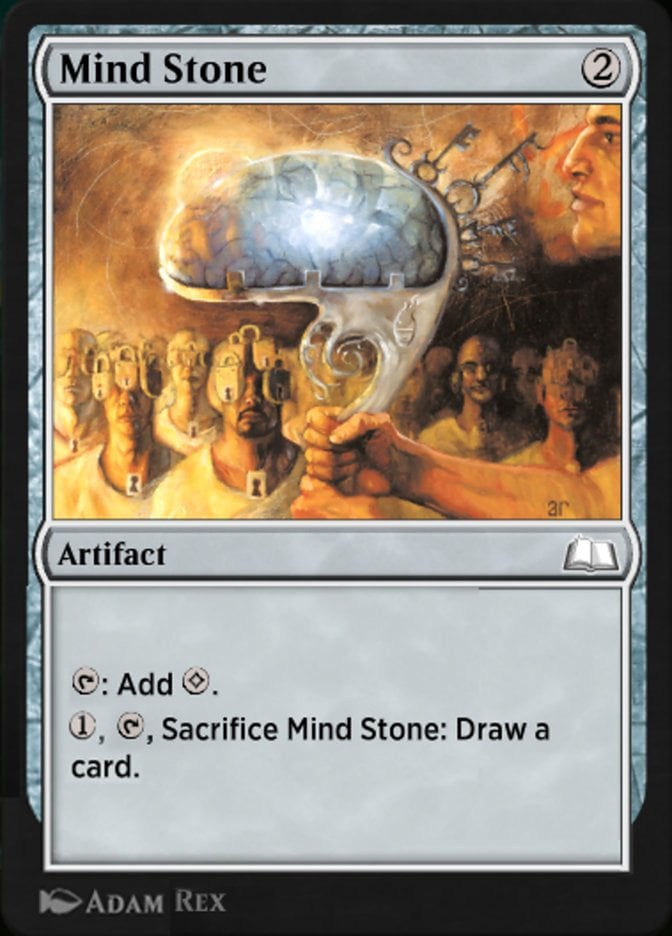
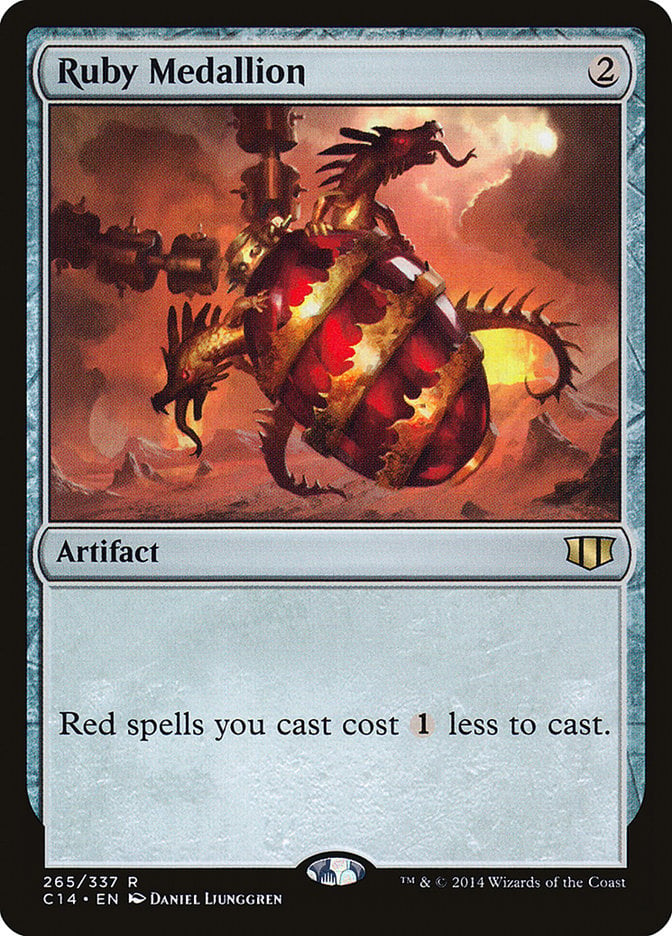

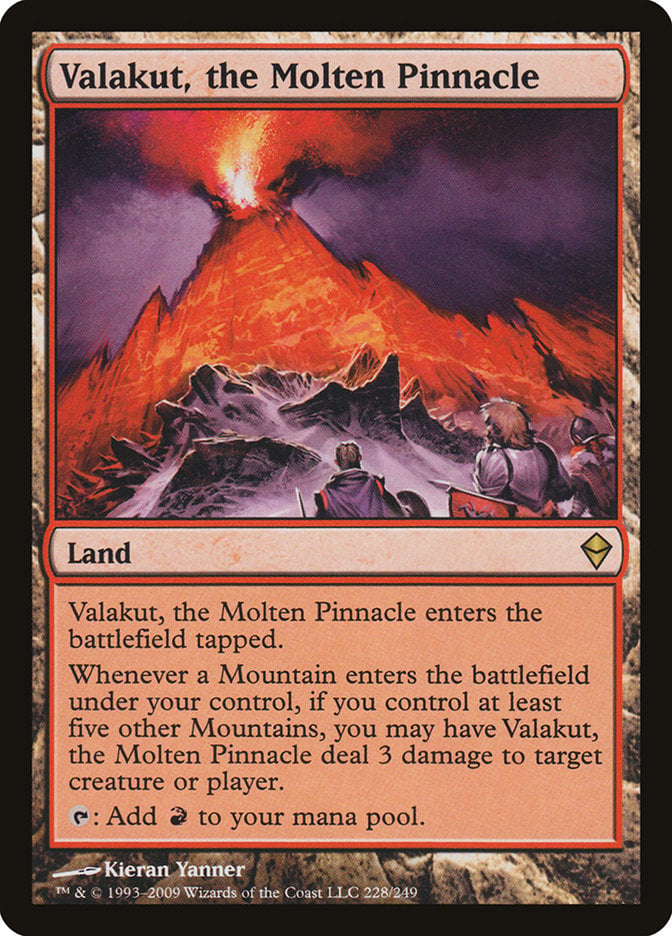
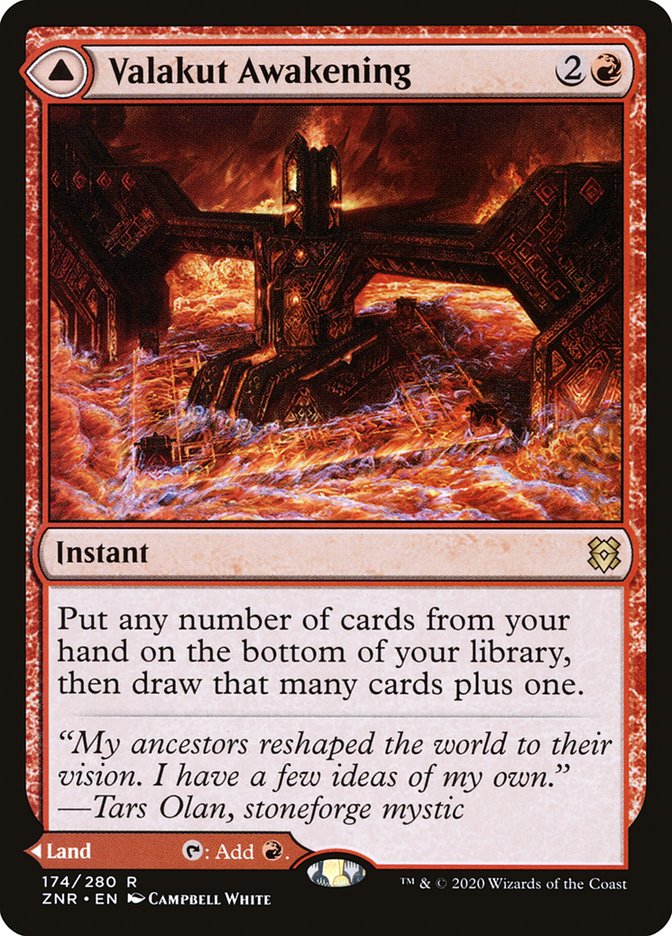
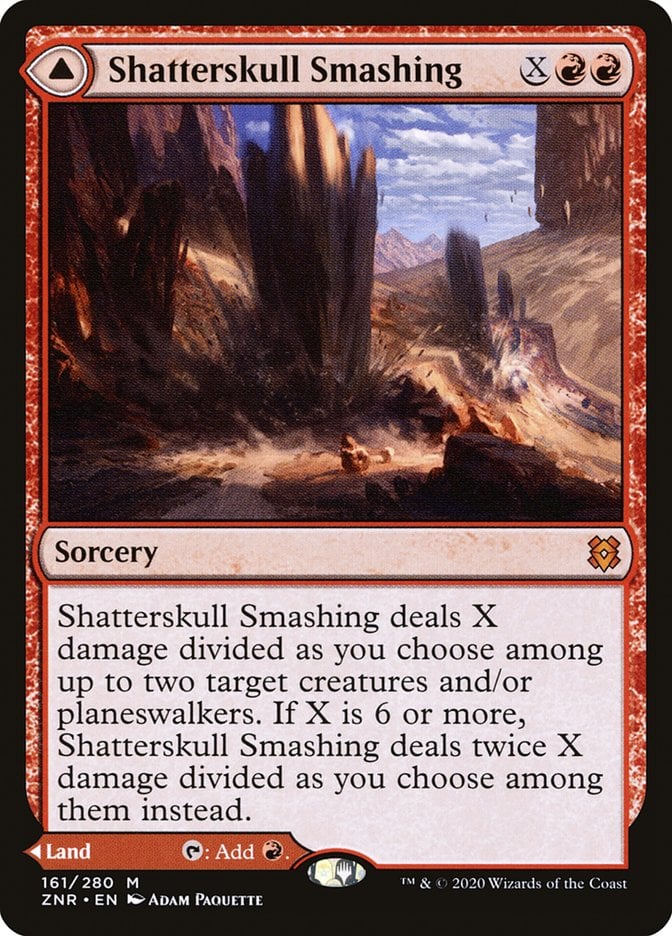
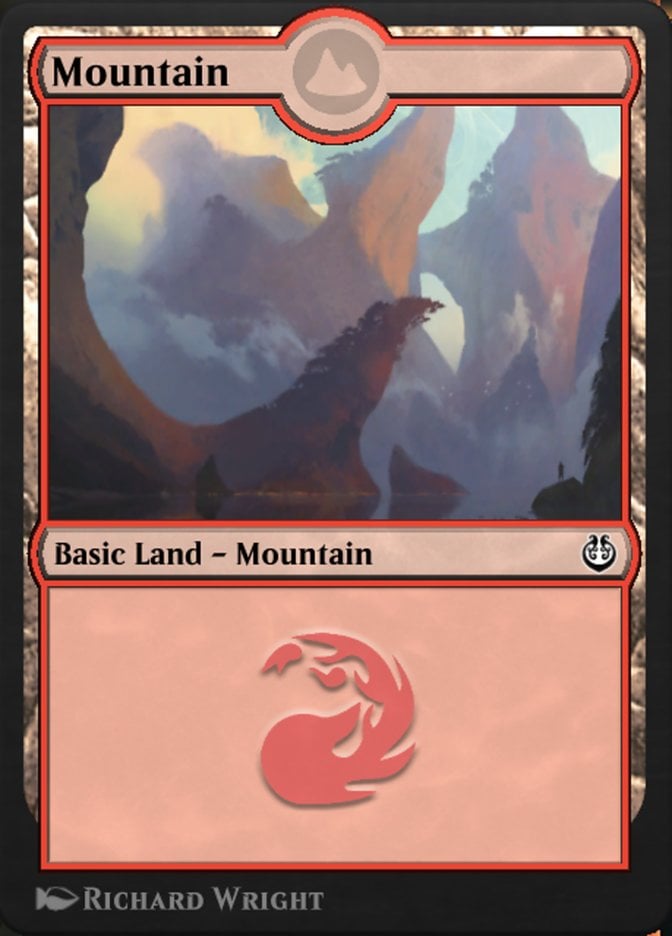
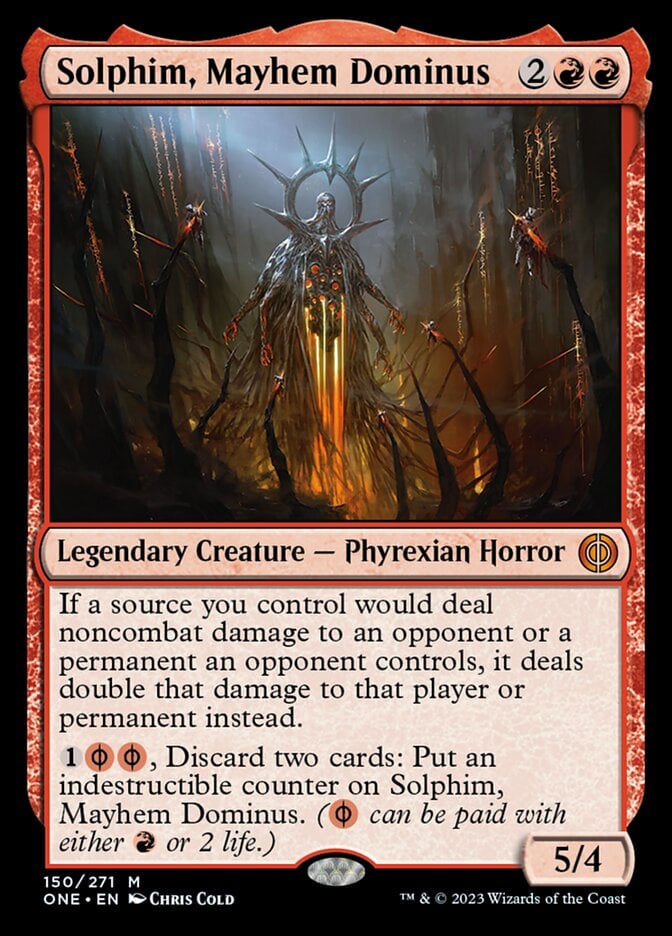
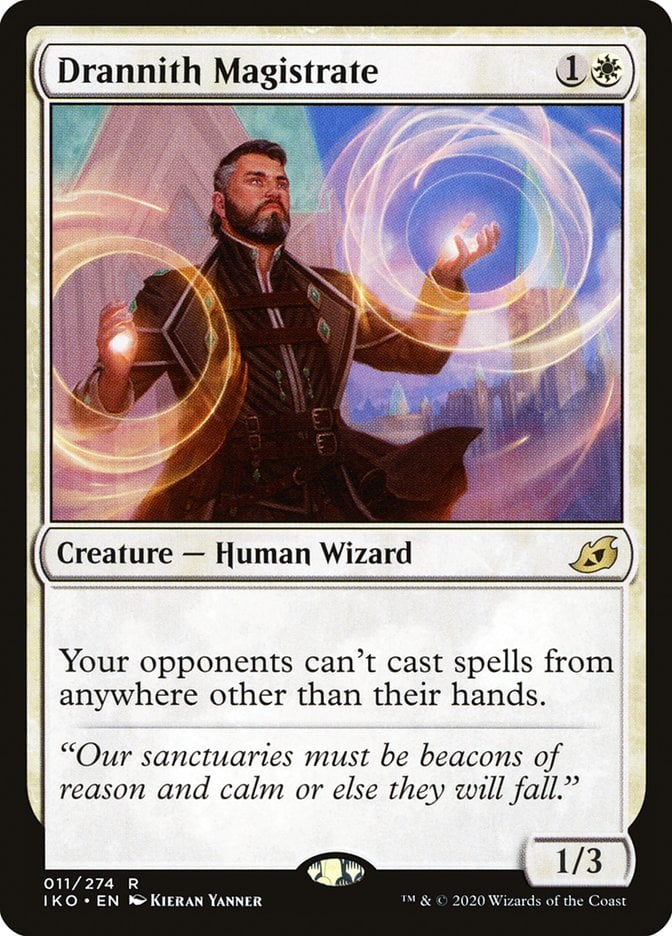
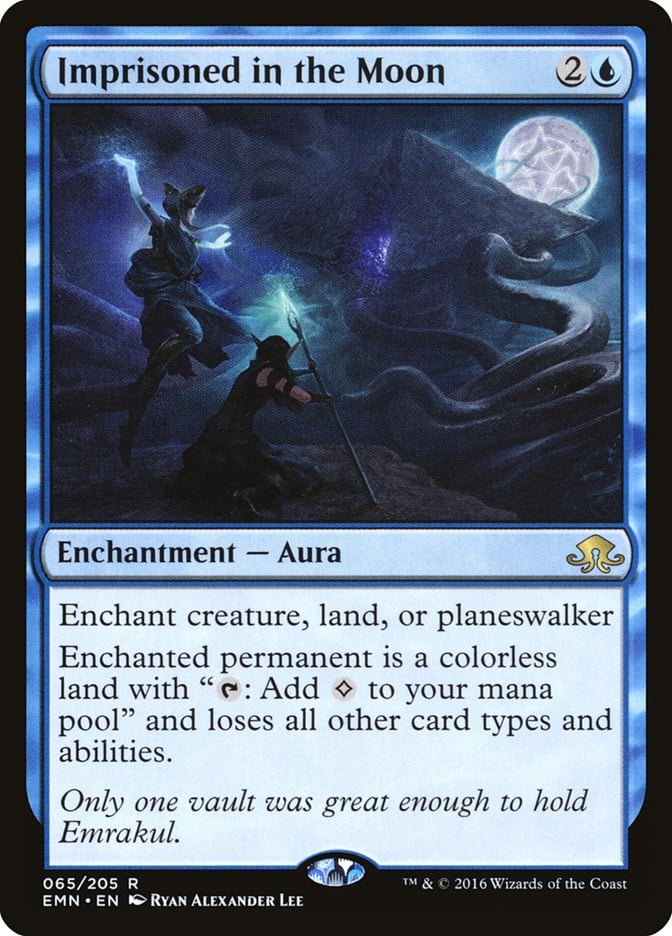


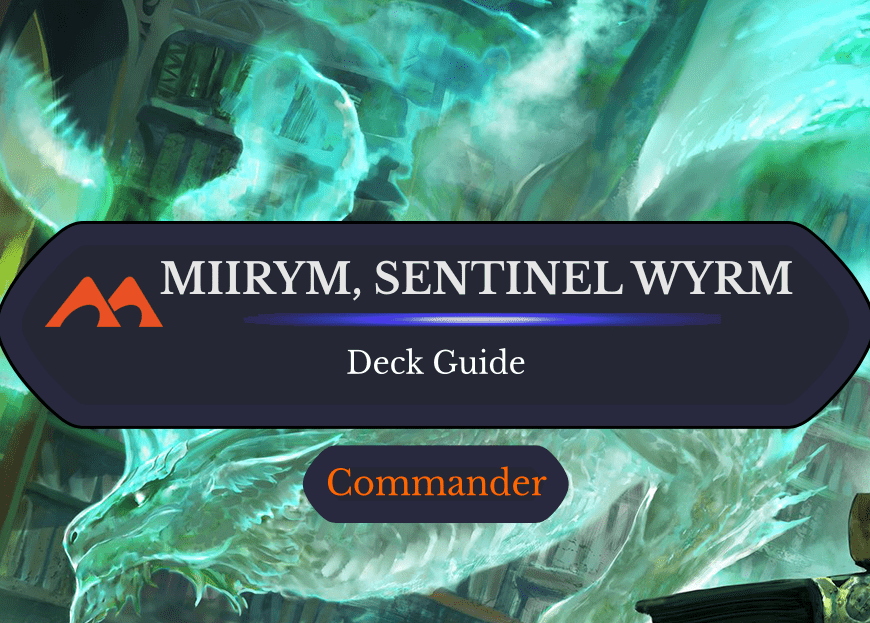
Add Comment